Ukrainians in Đurđevac Captured by South African Photographer Joubert Loots (PHOTOS)
May 14, 2022 - South African photographer Joubert Loots captures Ukrainians in Đurđevac as part of a moving portrait series to connect with war refugees.
Joubert Loots is a photographer and artist from South Africa that moved to Đurđevac in early 2020. An ex-pat himself, he knew about the challenges of leaving your family, culture, and life and starting new somewhere else. When the war broke out in Ukraine, Joubert and his wife Marija were hoping to find a way to connect with some of the Ukrainians in Đurđevac and hopefully make them feel a little bit more welcome.
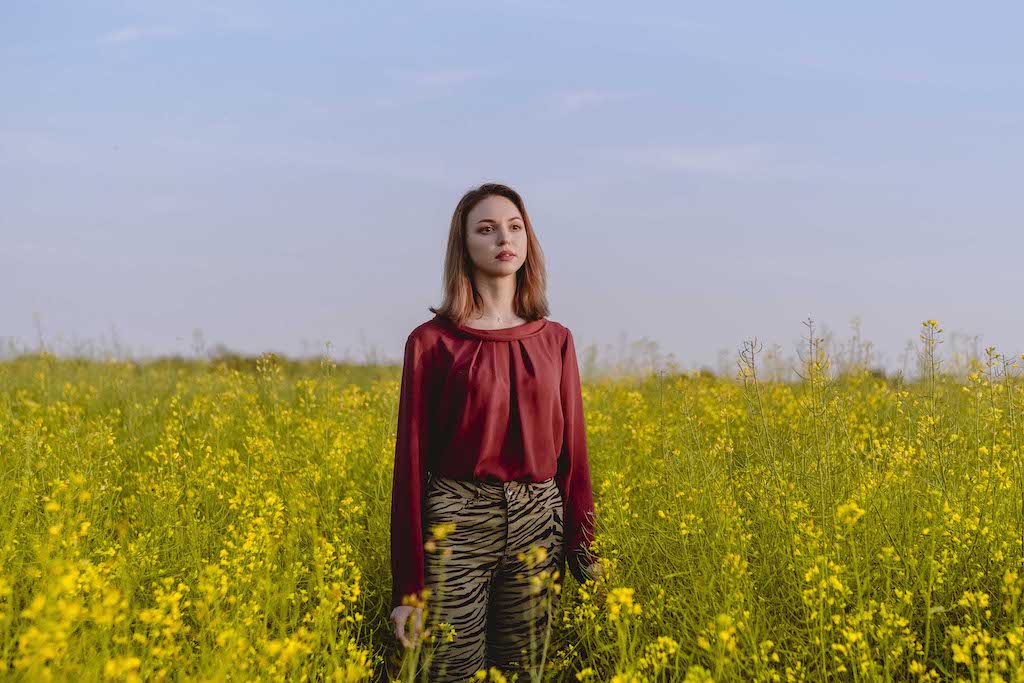
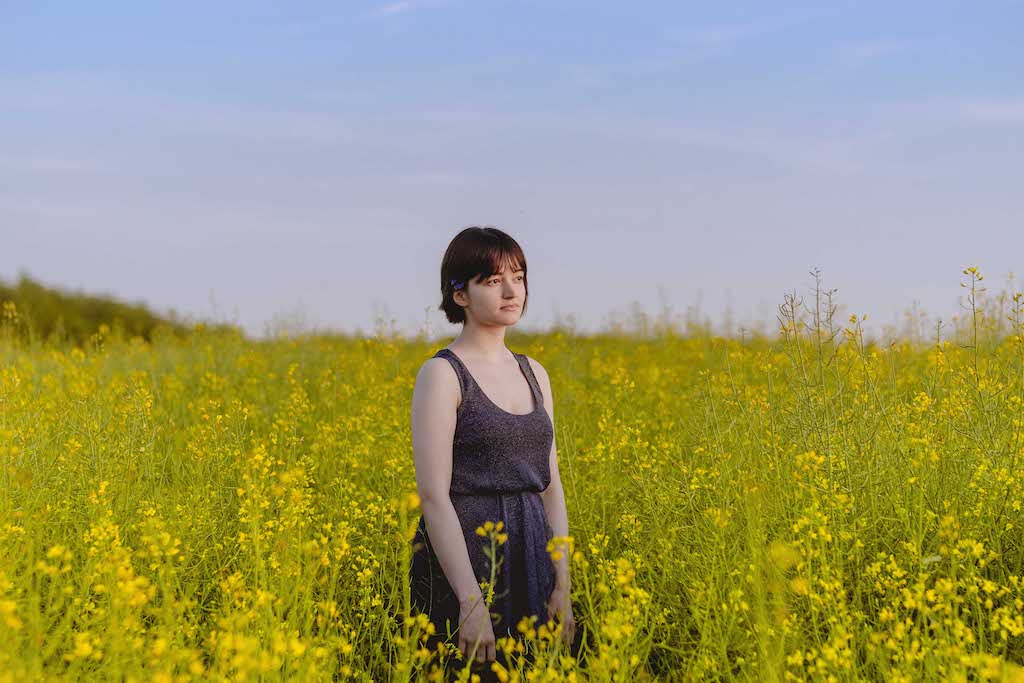
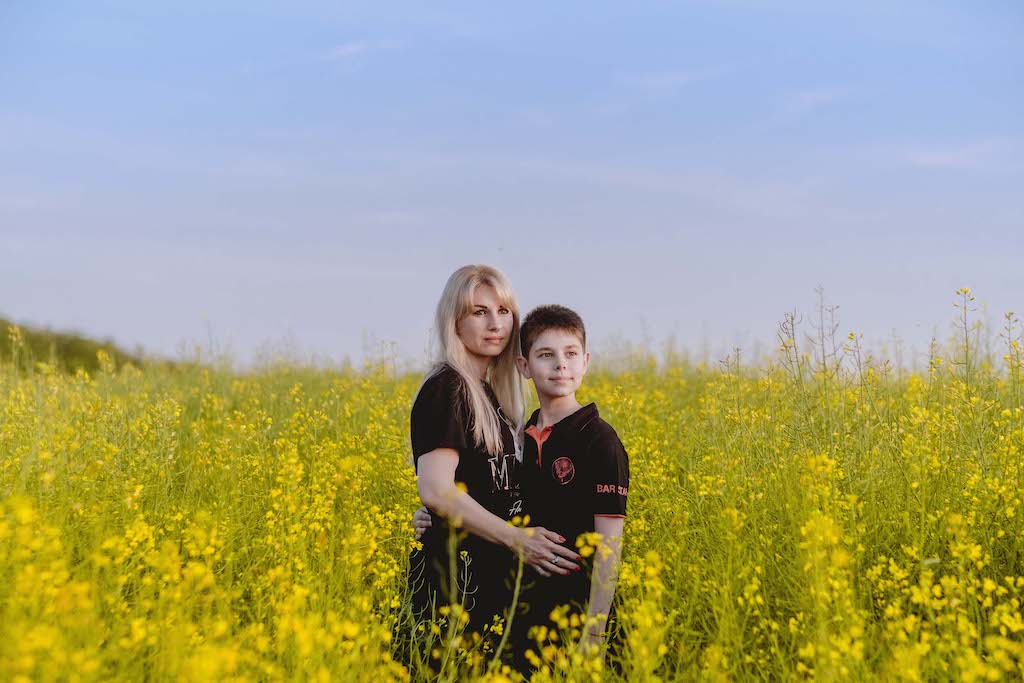
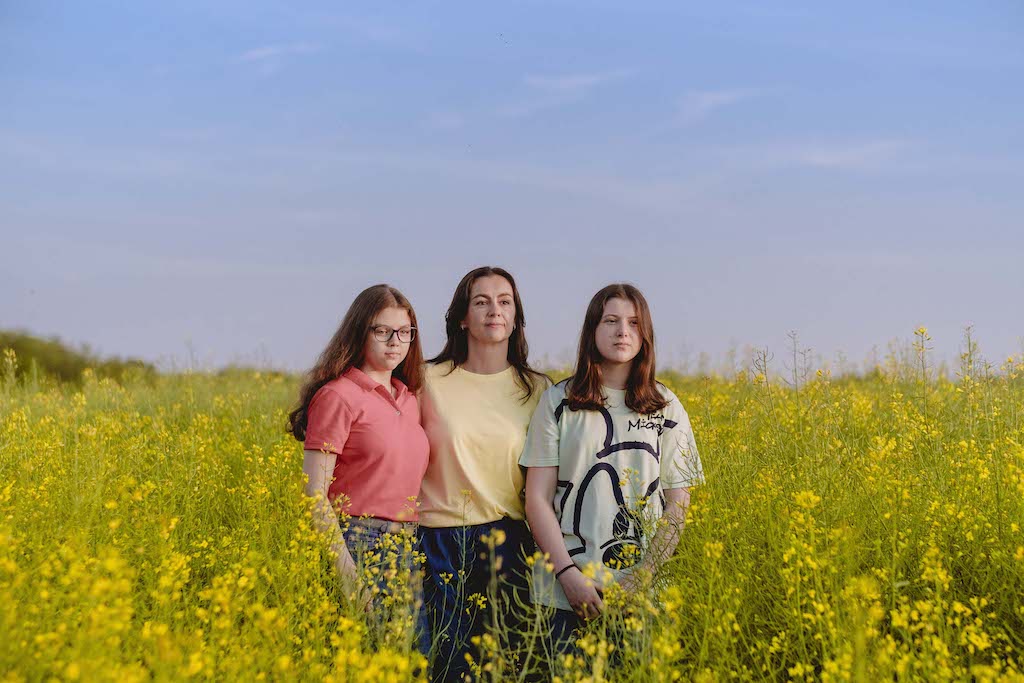
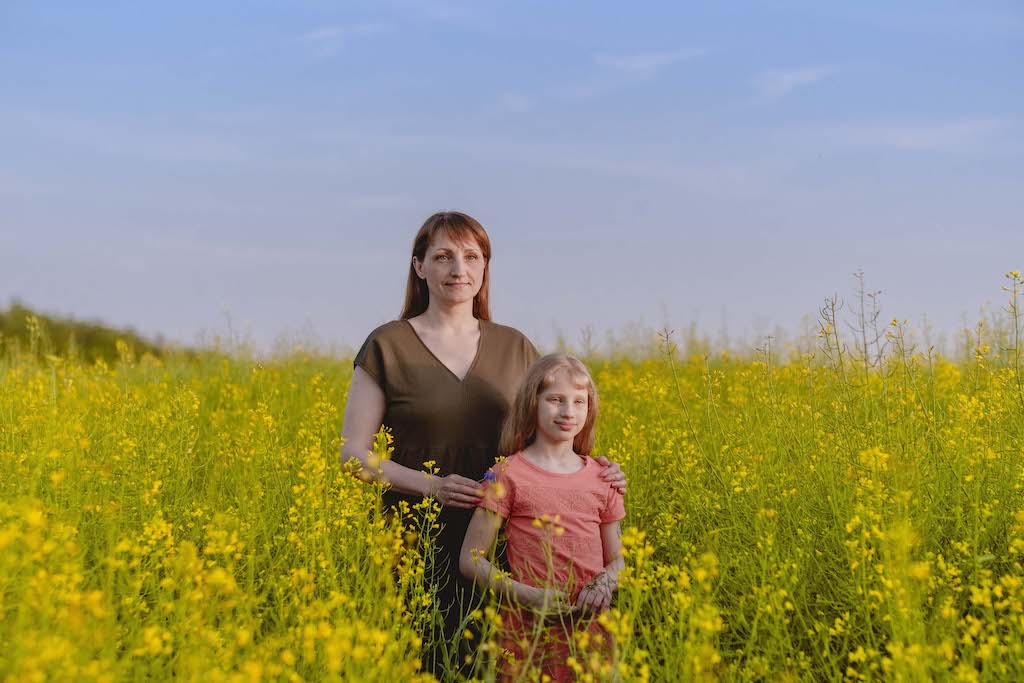
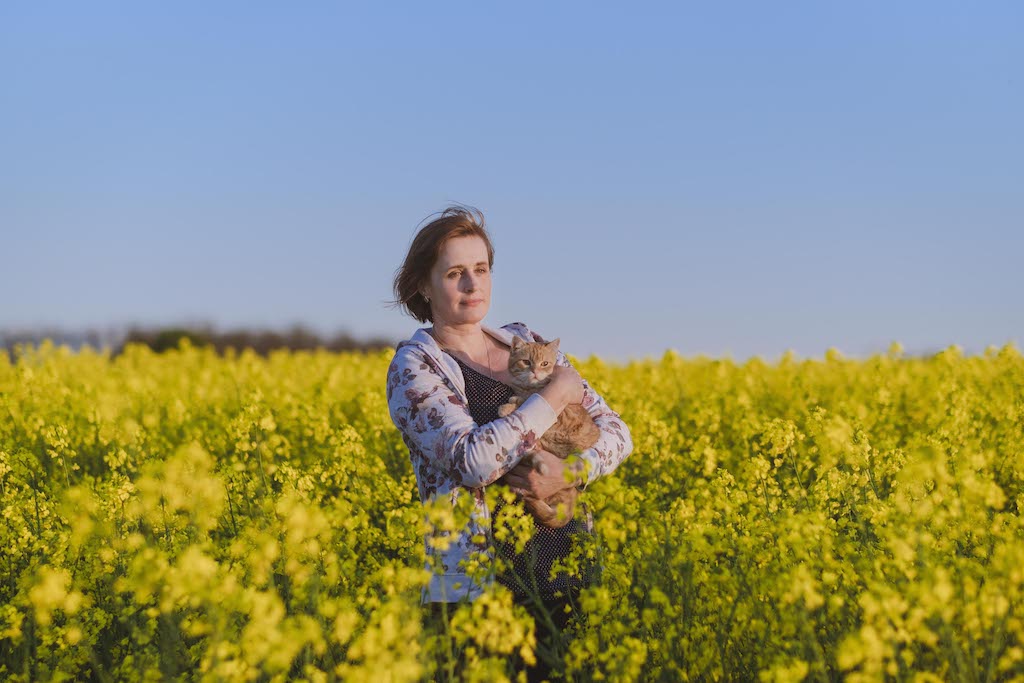
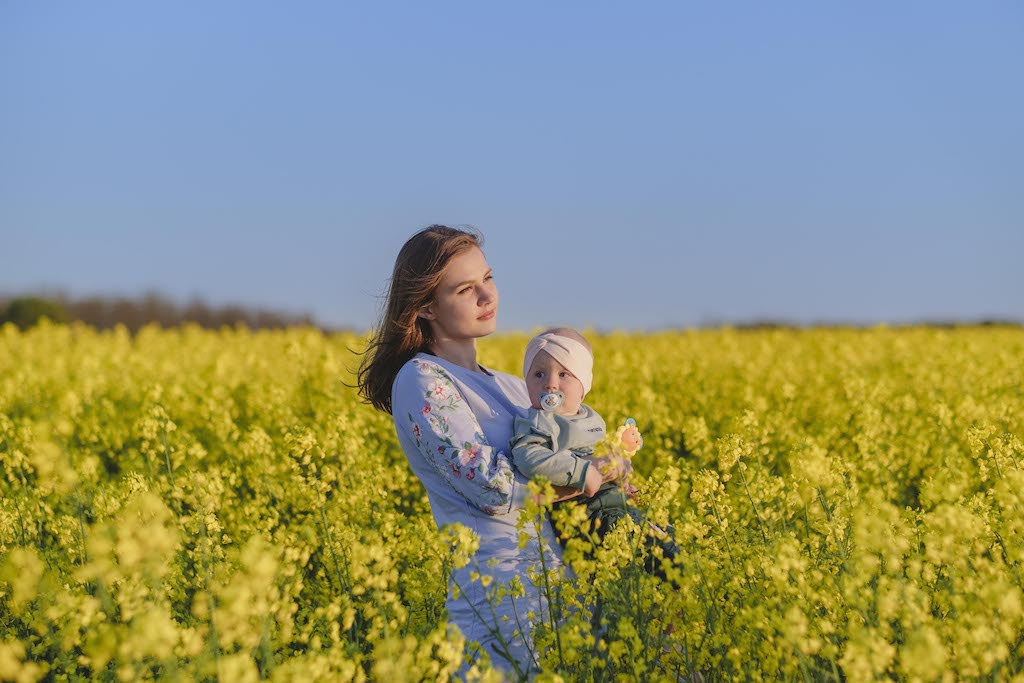
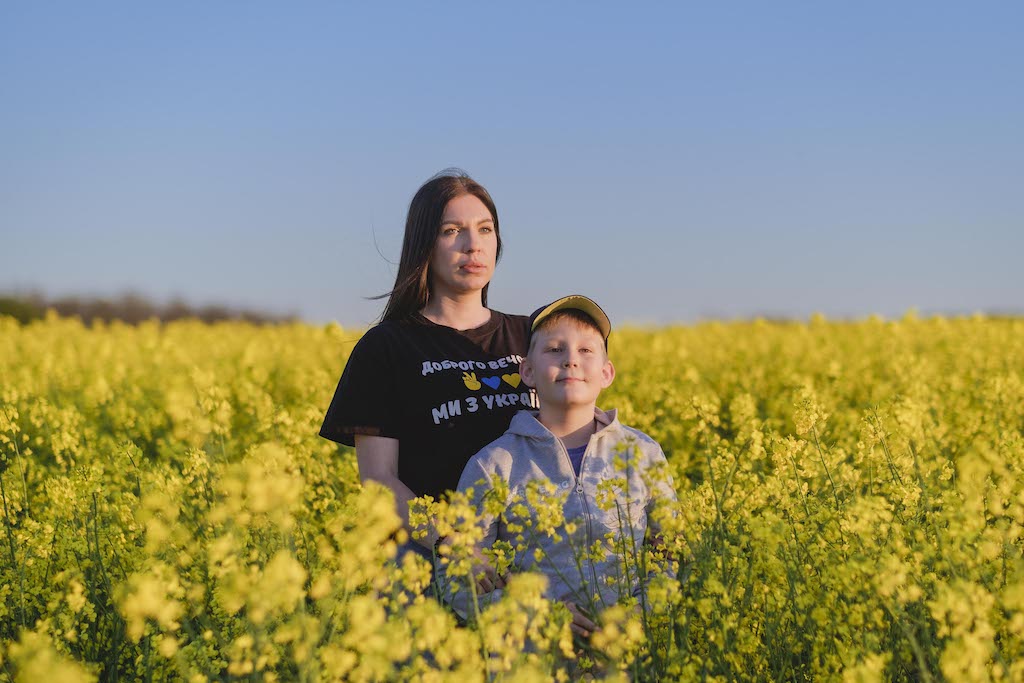
"One day, I was going through some of my old photos from South Africa and found a photo that I had taken of my wife in canola fields. I realized that this concept could make a wonderful backdrop for a portrait series with Ukrainian families. Since all we see in the news are images of sadness and war, I thought this might be an excellent way to depict the families with some joy, dignity, and beauty. Each person in these photos looks off into the distance as one in thought and contemplation, the longing to go home, but also with a sense of courage to move forward and face the current day - with the colors of the Ukrainian flag in the background. The actual flag of Ukraine was designed with the intended meaning of the colors that stand for Peace (blue) and Prosperity (Yellow)," said Joubert.
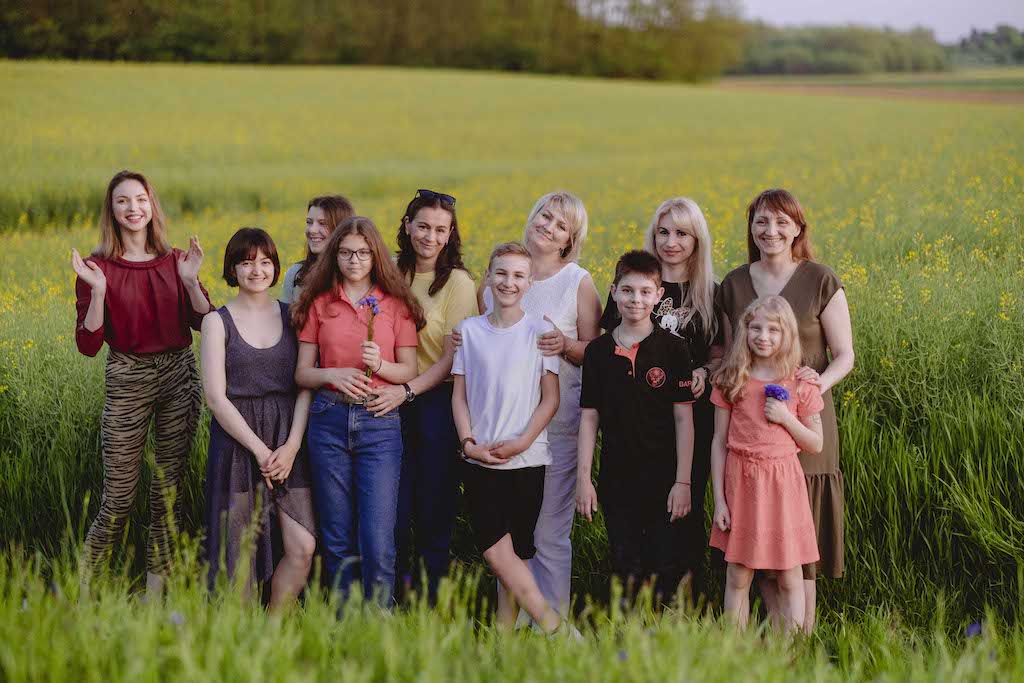
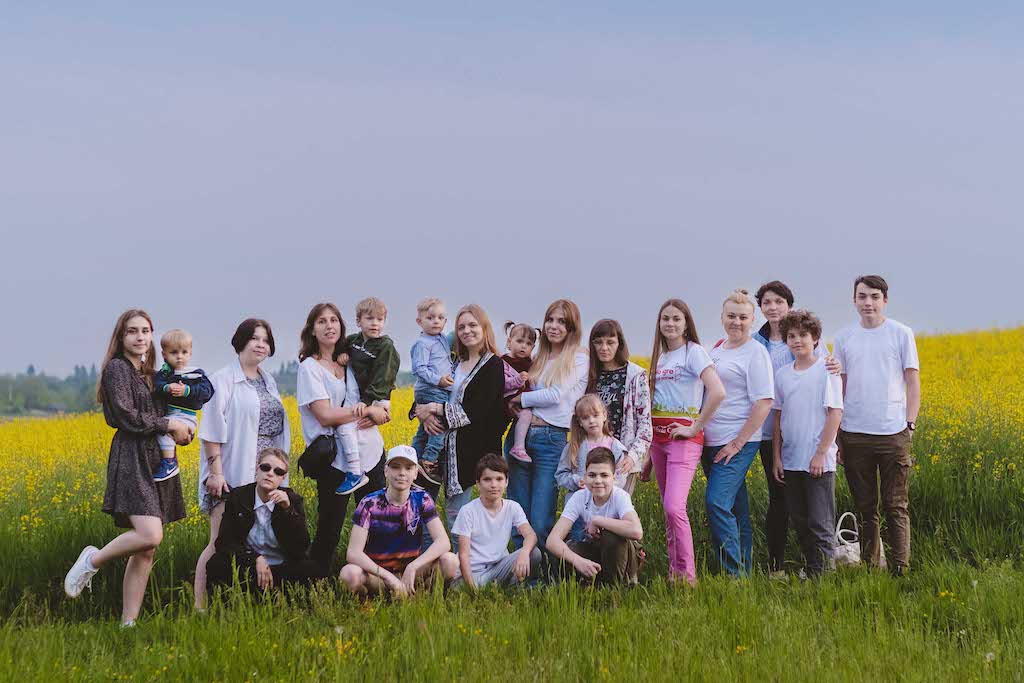
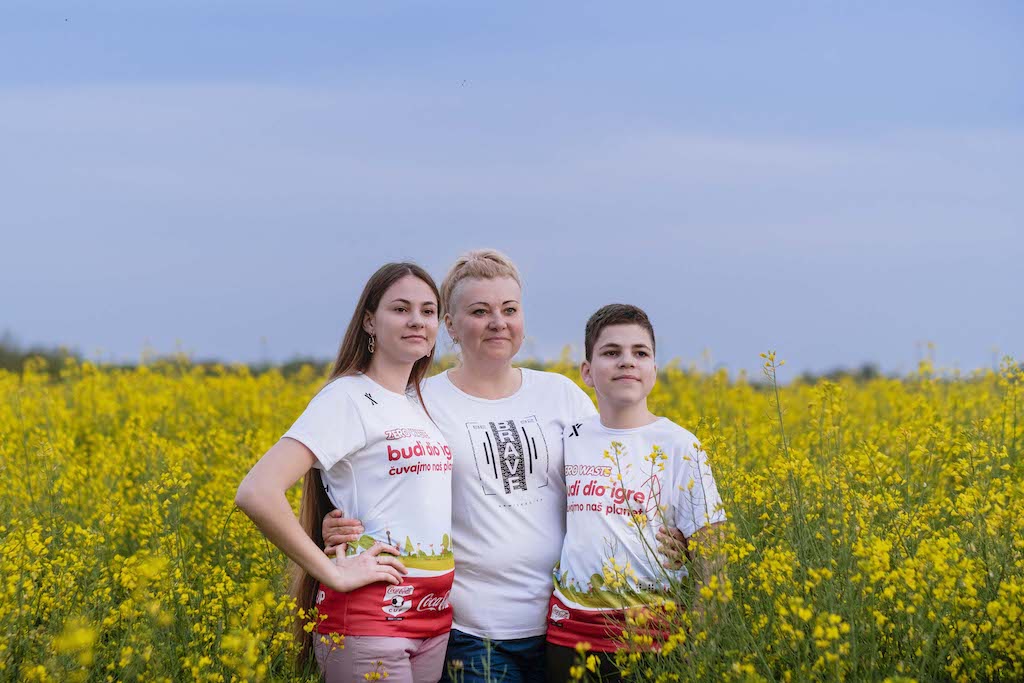
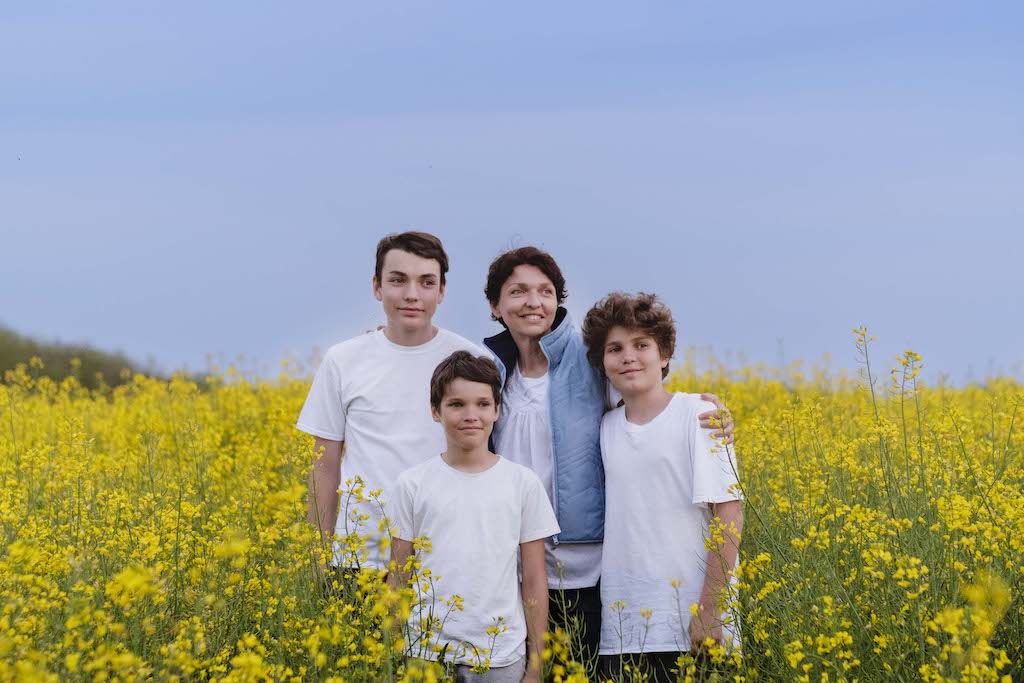
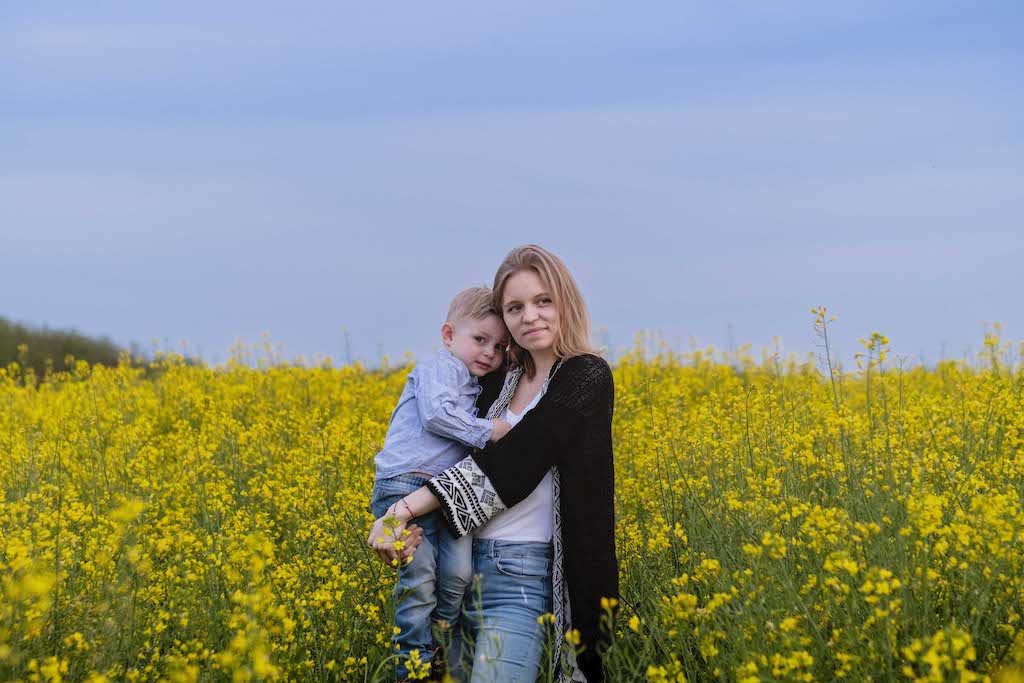
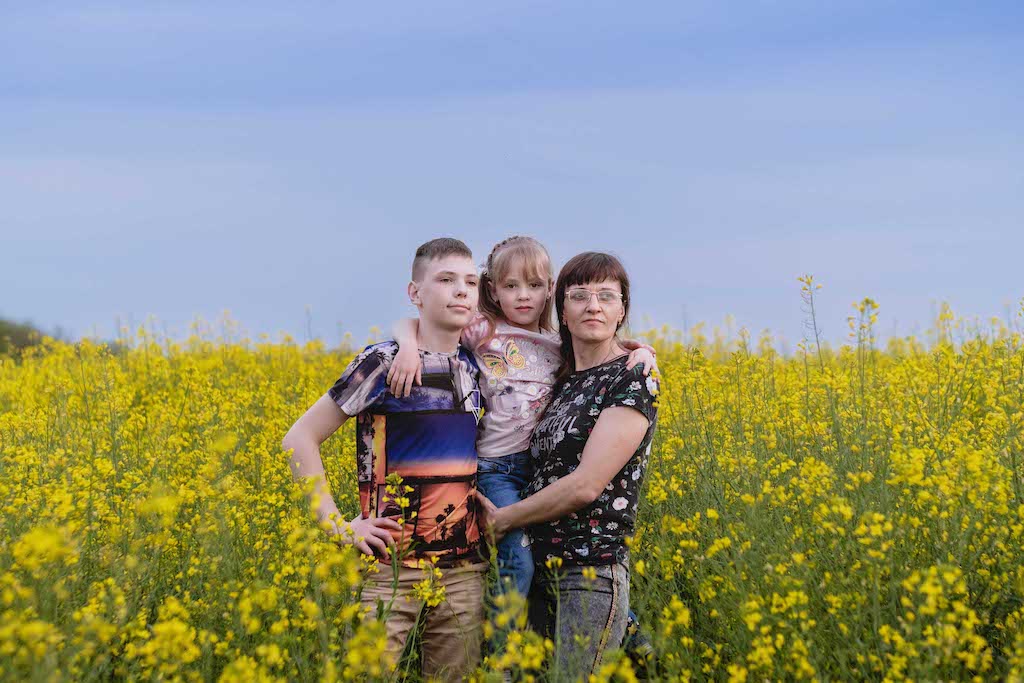
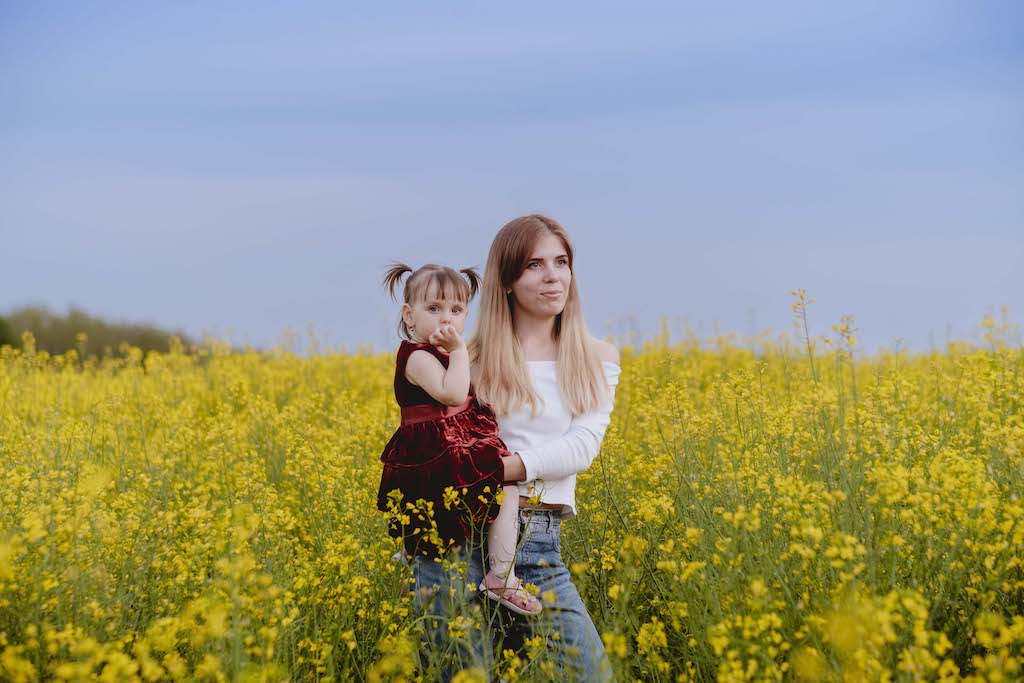
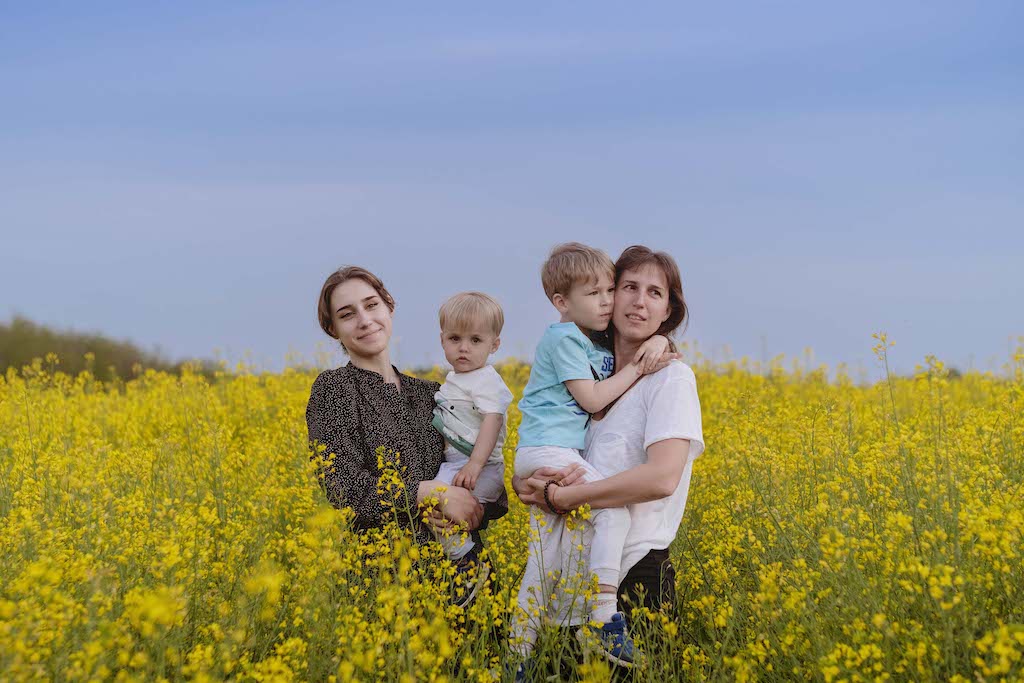
Joubert Loots is a Croatia-based social documentary photographer. Through photography, he powerfully captures and communicates how people live, work, and interact in their social environments.
An avid traveller, he has covered stories in over 28 different countries by the age of 33. Throughout his life, Joubert has had the opportunity to meet and form connections with many who have come from vastly different cultural, social, and economic backgrounds. These bonds and the insight they proved into the life of others are what have fuelled his enthusiasm for photography’s ability to illustrate untold stories.
Joubert finds inspiration in his faith, humanity, and nature. A combination of these forms the creative arena through which he explores his own identity. As an artist, Joubert views creativity as an aid toward self-development, and he hopes that his work might evoke careful reflection from his audiences.
As well as taking dynamic pictures, his amiable character and sense of adventure mean that his trips are often about surprise encounters and partaking in unique shared experiences.
You can explore more of Joubert's photography here.
For more, make sure to check out our dedicated lifestyle section.
Man From Đurđevac Reported for Threatening Gov’t Member
ZAGREB, 19 Dec, 2021 - The police in the northeastern town of Đurđevac have filed a report against a 30-year-old man from the Đurđevac area on the suspicion that he threatened a government member, the Koprivnica-Križevci County Police Department said on Sunday.
The man, suspected of having posted a threatening message against a government member on a social network on 16 December, has been placed in custody, the police said..
For more on politics, follow TCN's dedicated page.
For more about Croatia, CLICK HERE.
Discovering Đurđevac: Legend of the Rooster and Croatia's Only Desert
October 28, 2021 – Where the fields and vineyards of the lower Bilogora foothills meet the Drava floodplain and Croatia's only desert, you find the town of Đurđevac.
The east of Croatia is not known for its mountains. And yet, a long stretch of more or less continuous hills separates the Drava river's long valley from the rest of Croatia. For around 80 kilometres, part of the task is taken by the relatively low-lying Bilogora mountains.
The land between the mountains and the river slopes gently from foothills to floodplains. It is fertile, filled with vineyards and fields of agriculture. But, inexplicably, within this terrain, you'll find a desert.
This remarkable anomaly is the only such sand-filled wilderness in the country. And it is at this point - where the fields and vineyards of the lower foothills meet the floodplain and the Croatian desert - you find the town of Đurđevac.
Old Town Đurđevac (Stari grad Đurđevac)
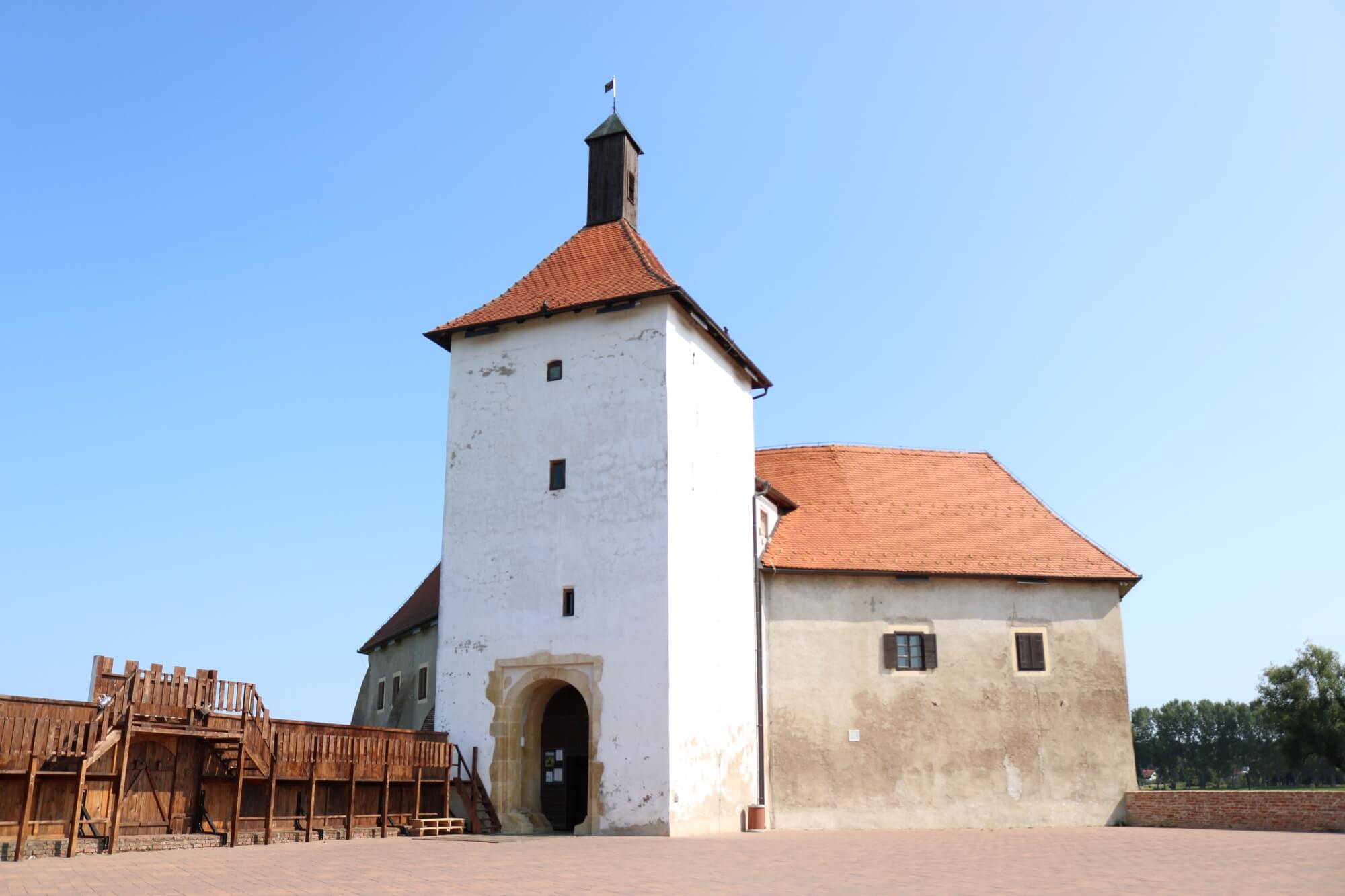
Old Town Đurđevac is the most iconic building in this part of Croatia. Given its name, you could be forgiven for thinking this fortified structure is the origin of the town. Not so. Located just to the south, Đurđevac was already an established village when, in the 1480s, Bishop of Pécs Sigismund Ernušt commissioned the defensive fort. It was built in response to the rising threat of the Ottomans from the east.
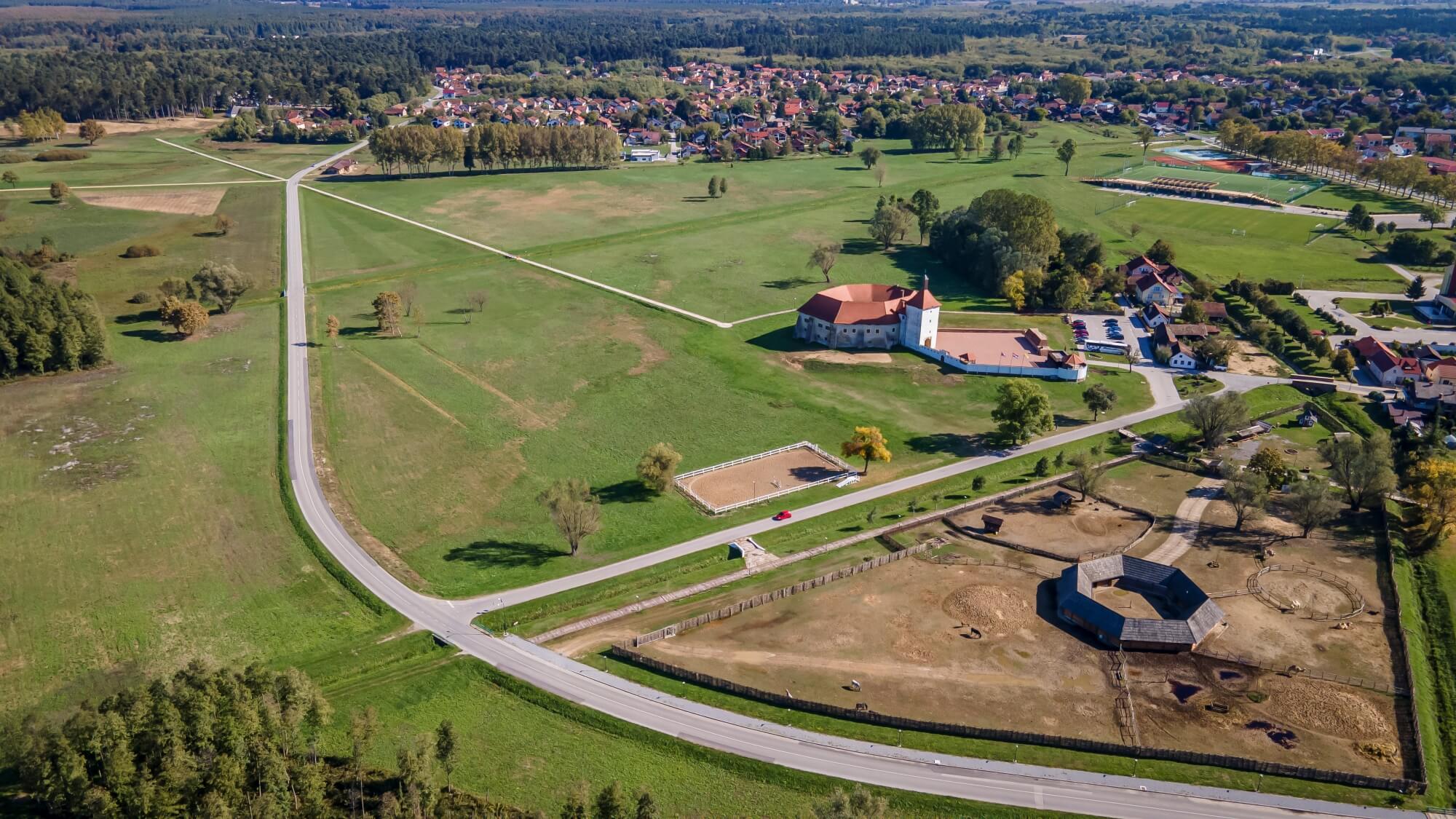 © Ivan Nemet
© Ivan Nemet
The land on which the original village and Old Town was placed is wet - river meadows in the floodplain of the Drava. Still to this day, you'll not find anything built on this partial swamp for over two kilometres to the north of Stari grad Đurđevac. Like buildings in the original settlement, the fortification was constructed on sandbanks created to elevate the building from the marshland. Its location and sturdy, defensive build - with surrounding walls and 9-metre tower – served the town well. Though besieged many times, Old Town Đurđevac never fell.
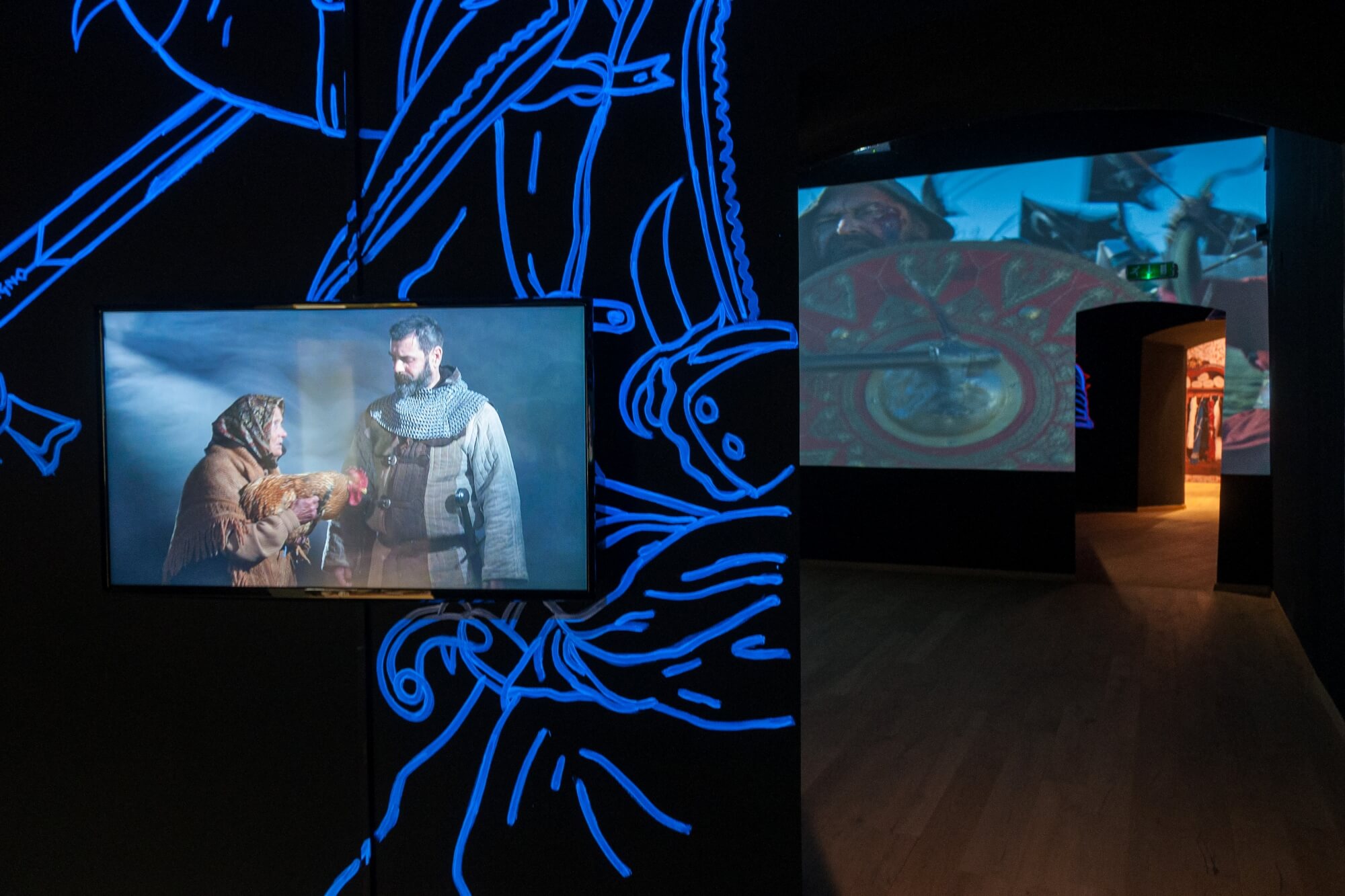 © Mato Zeman
© Mato Zeman
Today, Stari grad Đurđevac holds important art and artefacts of the town. Inside, you'll find the Picokijada Interpretation Centre and Đurđevac City Museum. The former explains the legend behind the town's greatest annual event. The latter holds one of the region's most important collections of paintings, statues and artistic posters, much of it a donation made by local artist Ivan Lacković. But, this building is not only a relic and reminder of the past.
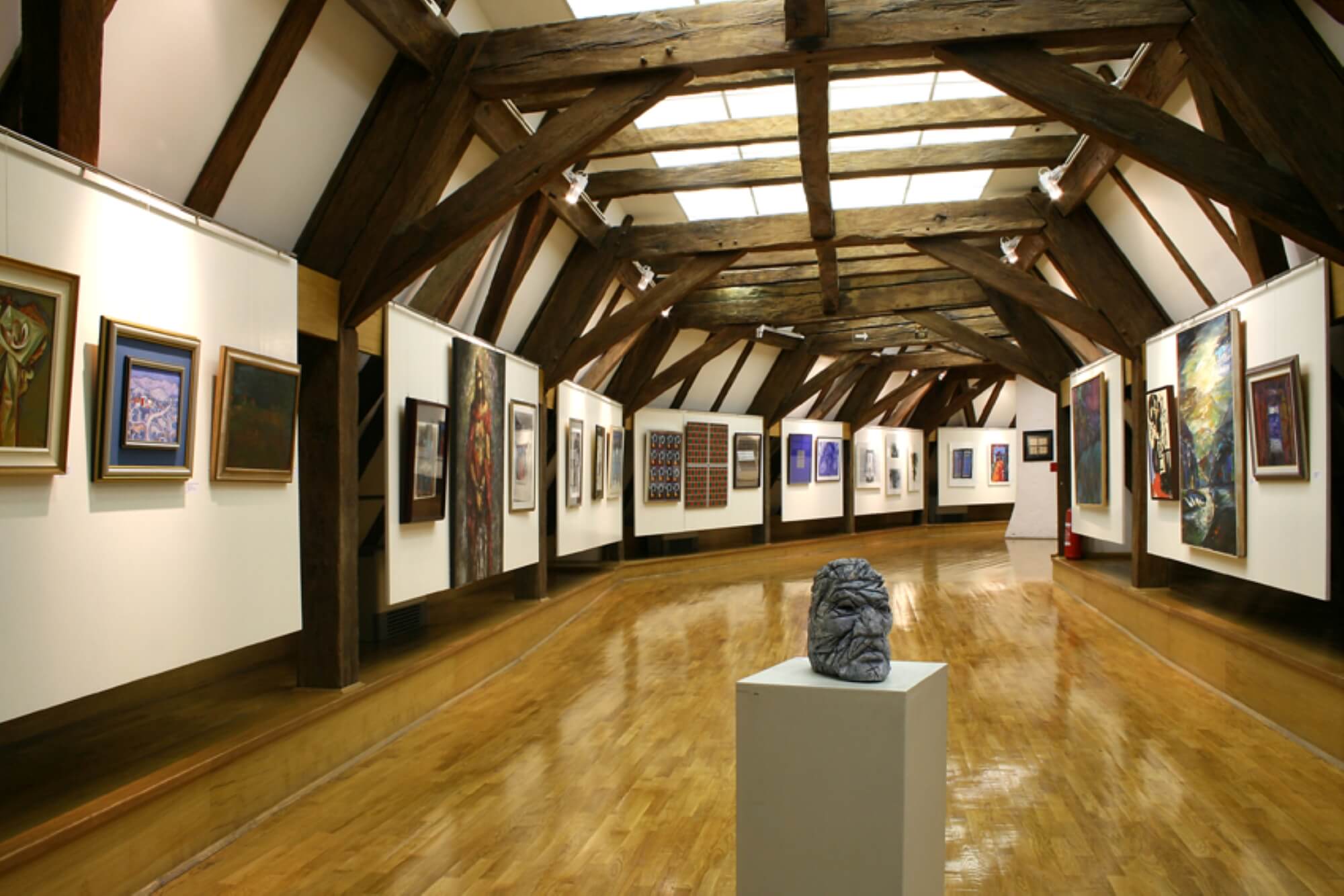 © Željko Car
© Željko Car
By day, re-enactments and events take place in the walled courtyard. By night, youngsters of the town often gather here. On the ground floor of the main fortress, an open-air bar and restaurant. It is one of the best places in town to eat.
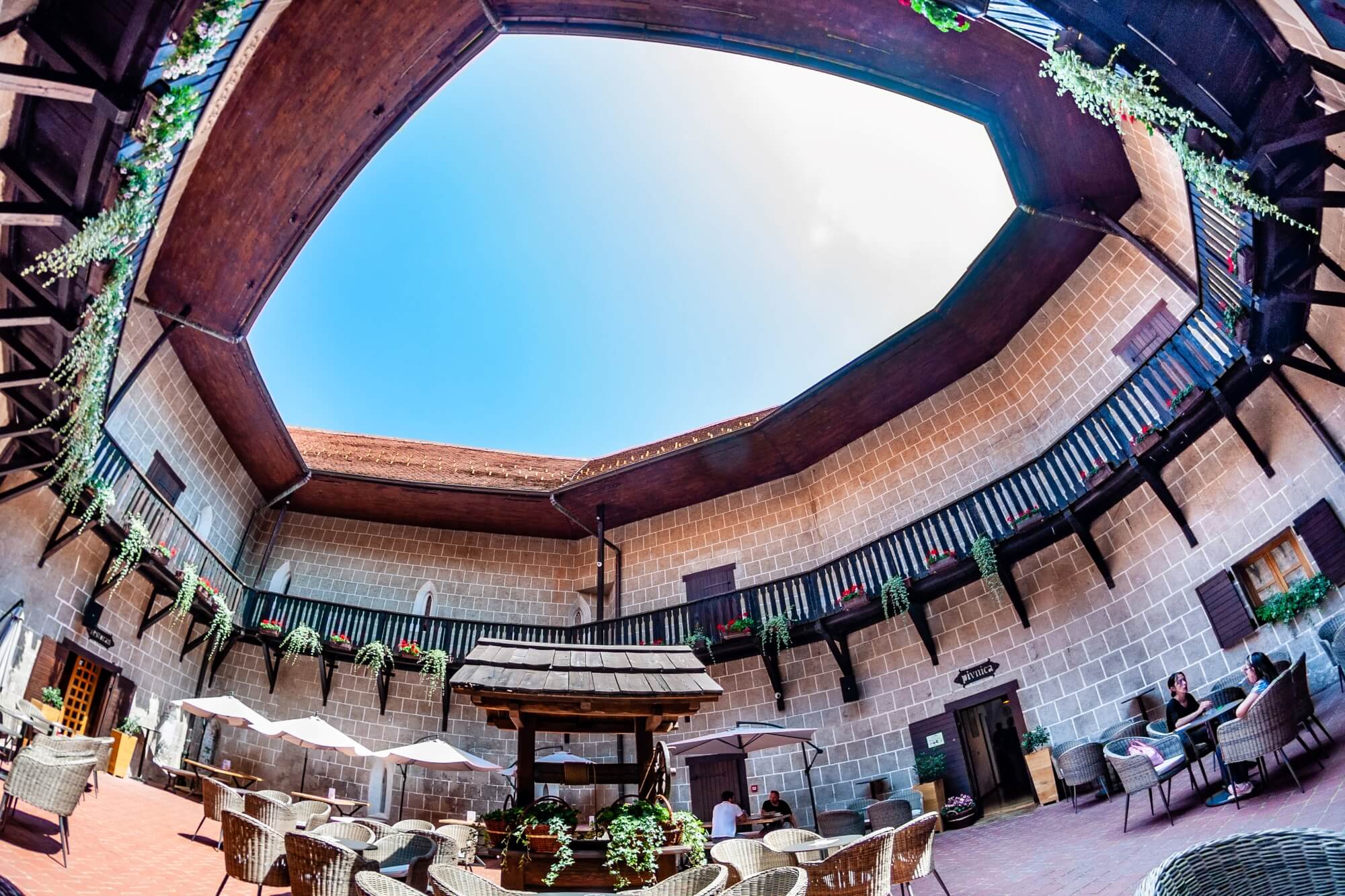 © Mato Zeman
© Mato Zeman
Authentic food of Đurđevac
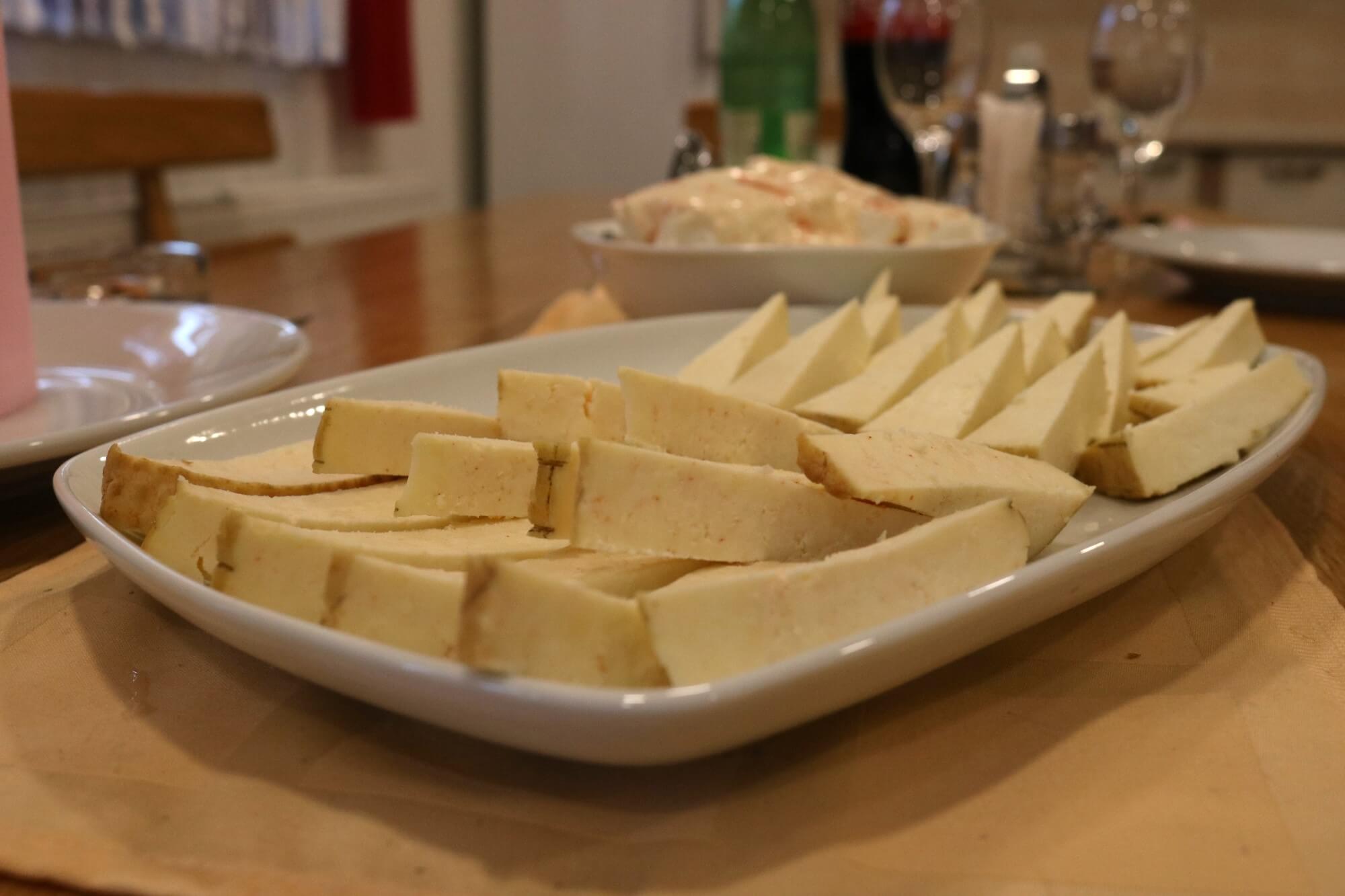 Award-winning cheeses, fresh from the farm shop at Family Farm Imbrišić (here) in Kozarevac, near Đurđevac © Marc Rowlands
Award-winning cheeses, fresh from the farm shop at Family Farm Imbrišić (here) in Kozarevac, near Đurđevac © Marc Rowlands
Recognisable as the cuisine of continental Croatia, you have to look a little closer to identify the distinct menu of Podravina and Đurđevac. Meat preserved as sausages and river fish from the nearby Drava feature on the Đurđevac menu, as they do a little further downstream in Slavonia. But, Đurđevac and Podravina have a much greater tradition of dairy products than Slavonia. You'll find many local cheeses on the menu at Restoran i pivnica Stari grad (here), within the walls of Old Town Đurđevac and at Restaurant Đurđevečka iža (here), inside the town's Hotel Picok. The fresh river fish from the Drava you can try year-round at nearby Ribička hiža (here).
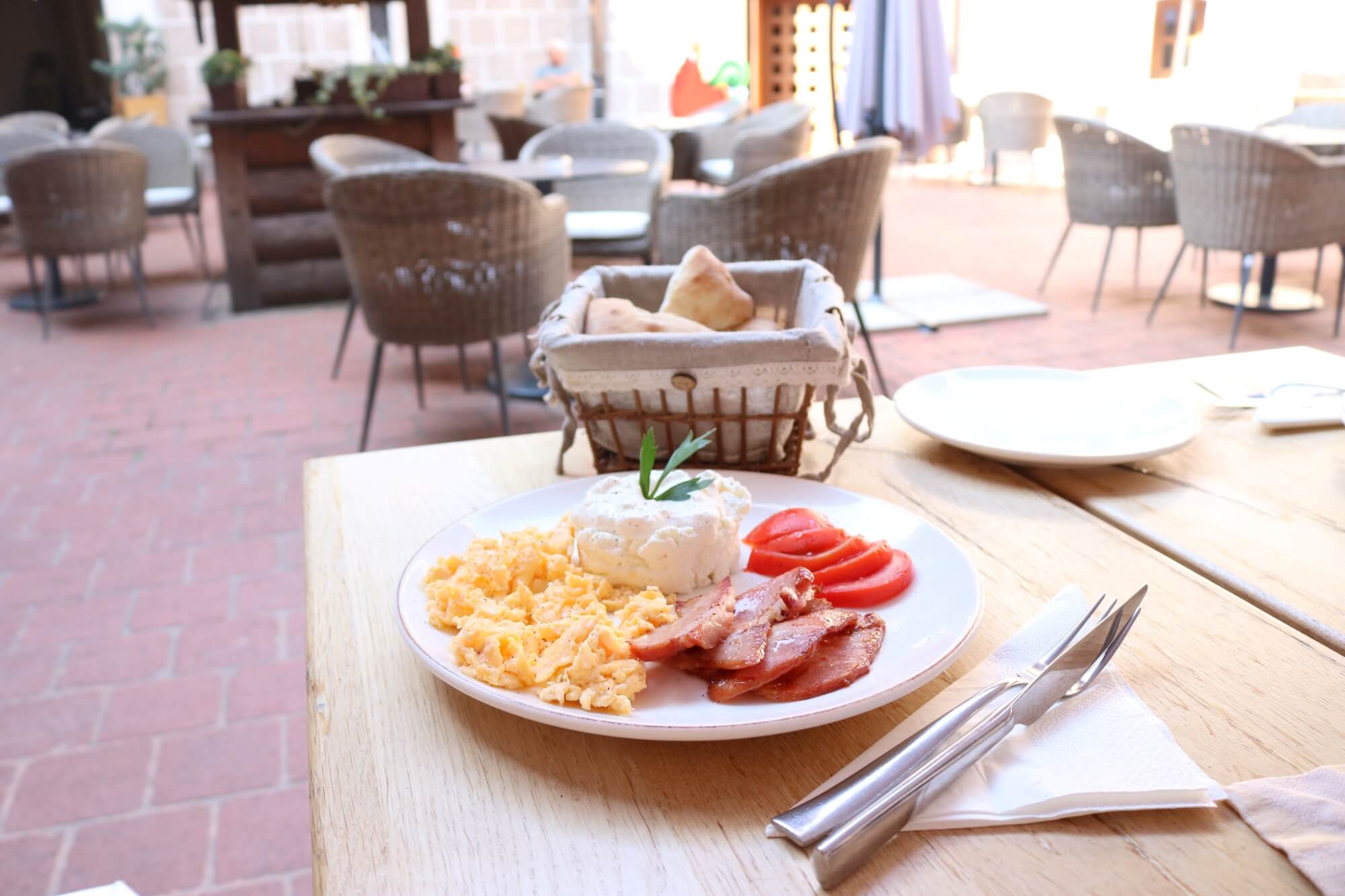
Croatian Sahara (Hrvatska Sahara): Stari grad Đurđevac Zoo
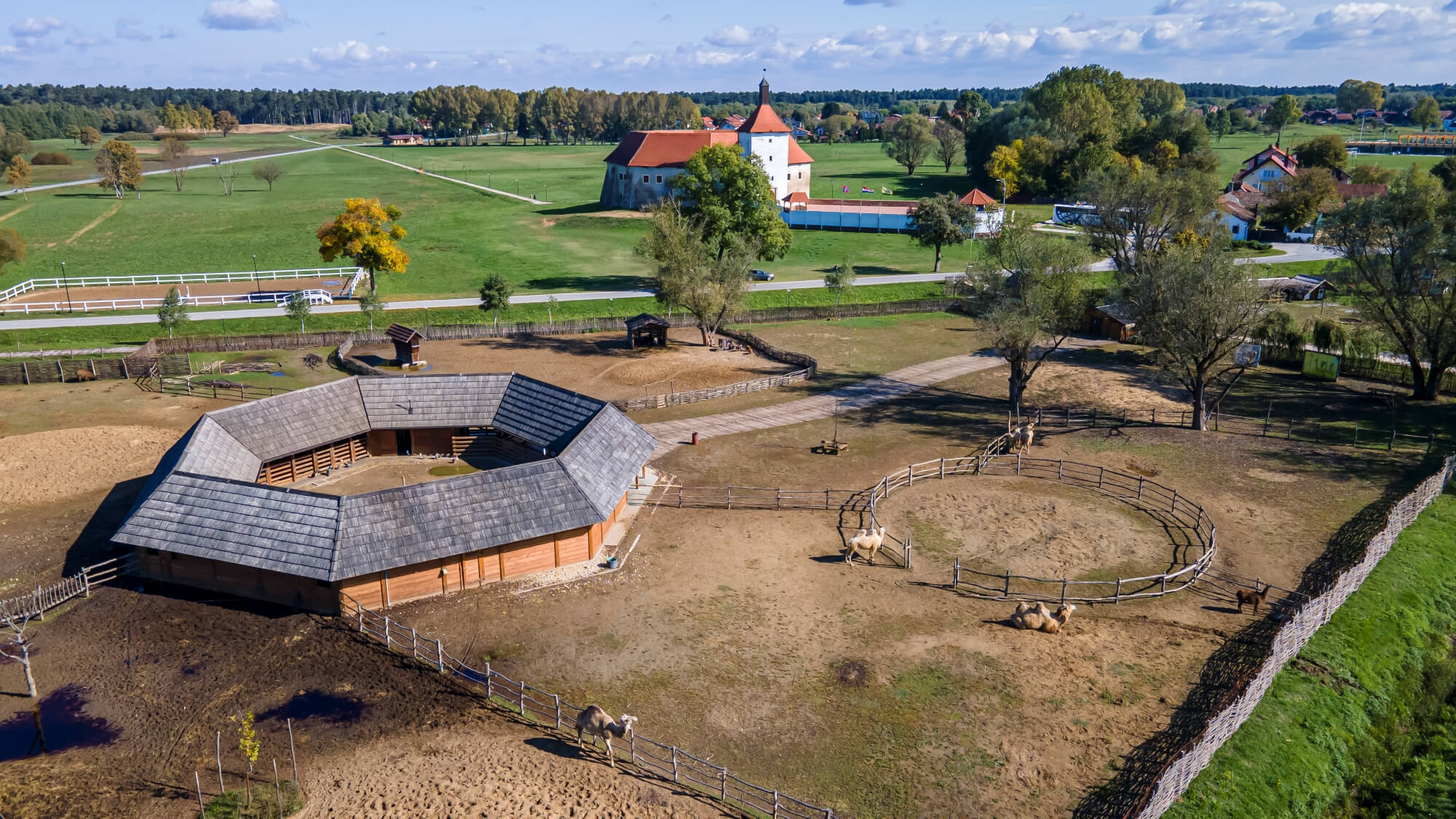 © Ivan Nemet
© Ivan Nemet
Sitting just next to Stari grad Đurđevac, Hrvatska Sahara is the small zoo of the town. It is titled after the Croatian Sahara, a near-forgotten moniker for the desert nearby. And, just like in the deserts of North Africa, the Levant and the Arabian Peninsula, you'll here find camels. They share the sands with goats, donkeys, horses, chickens, peacocks and llamas.
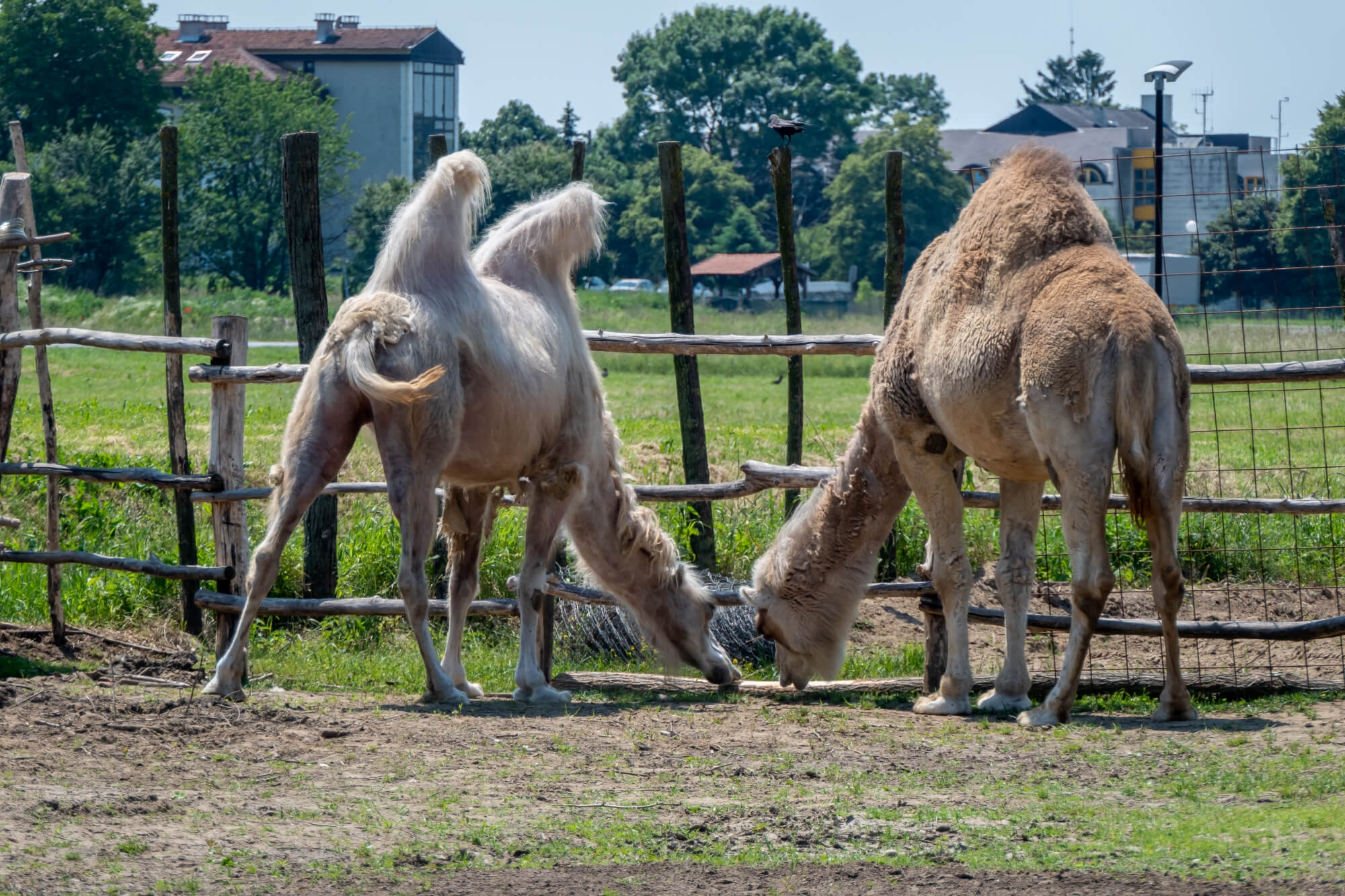 © Ivan Nemet
© Ivan Nemet
Natural assets: Đurđevac Sands (Đurđevački pijesci) - the only desert in Croatia
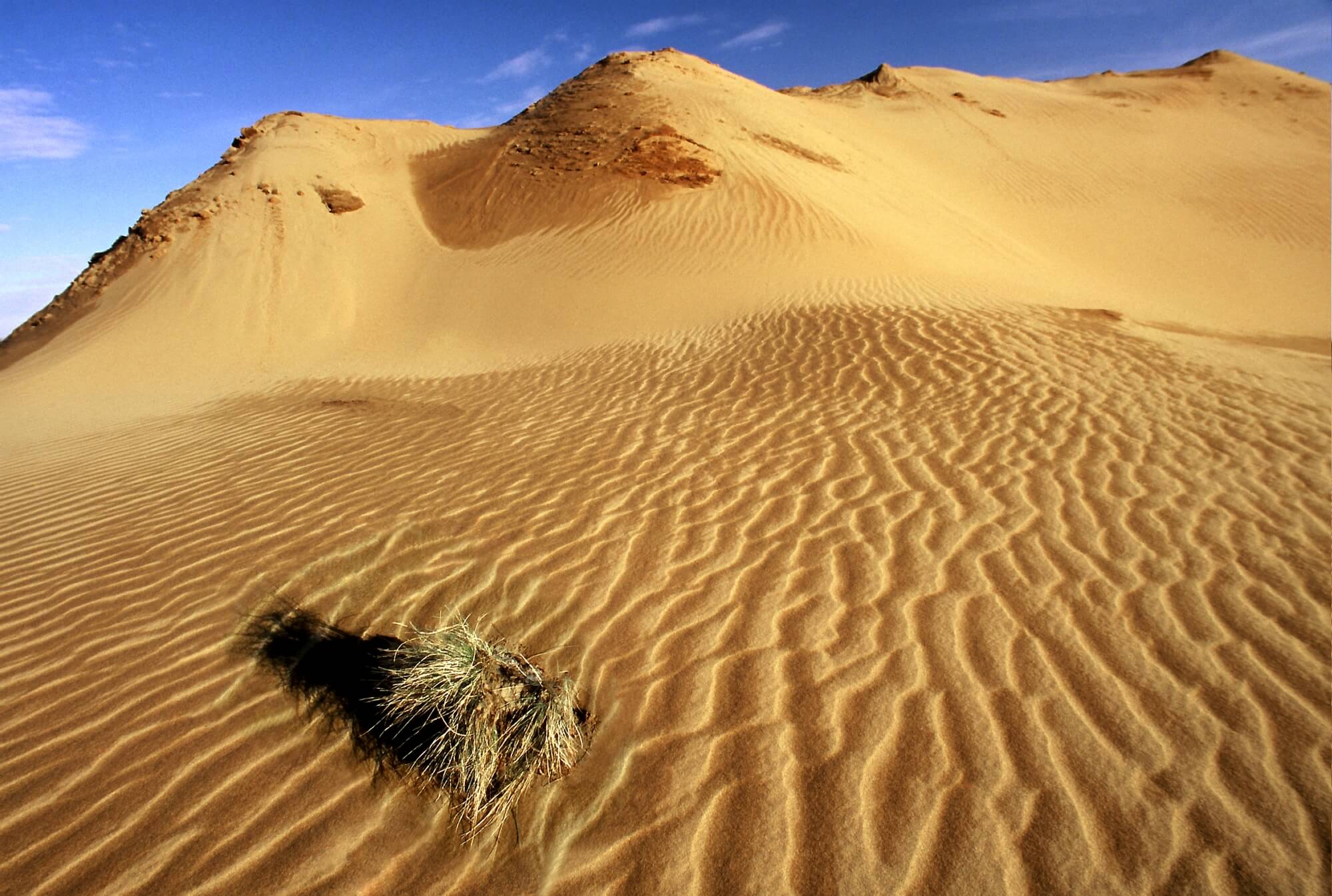 © Mato Zeman
© Mato Zeman
Born high in the Alps of Italy, the Drava river crashes down 1000 metres through Austria and Slovenia before reaching Croatia. Any rock that falls on the same path is pulverised by the time it reaches here. Formed by deposited glacier sediment, the sandy riverbanks of the Drava and the Đurđevački pijesci are testament to this. Đurđevački pijesci are simply sands of the river that were blown to this area by persistent, strong winds.
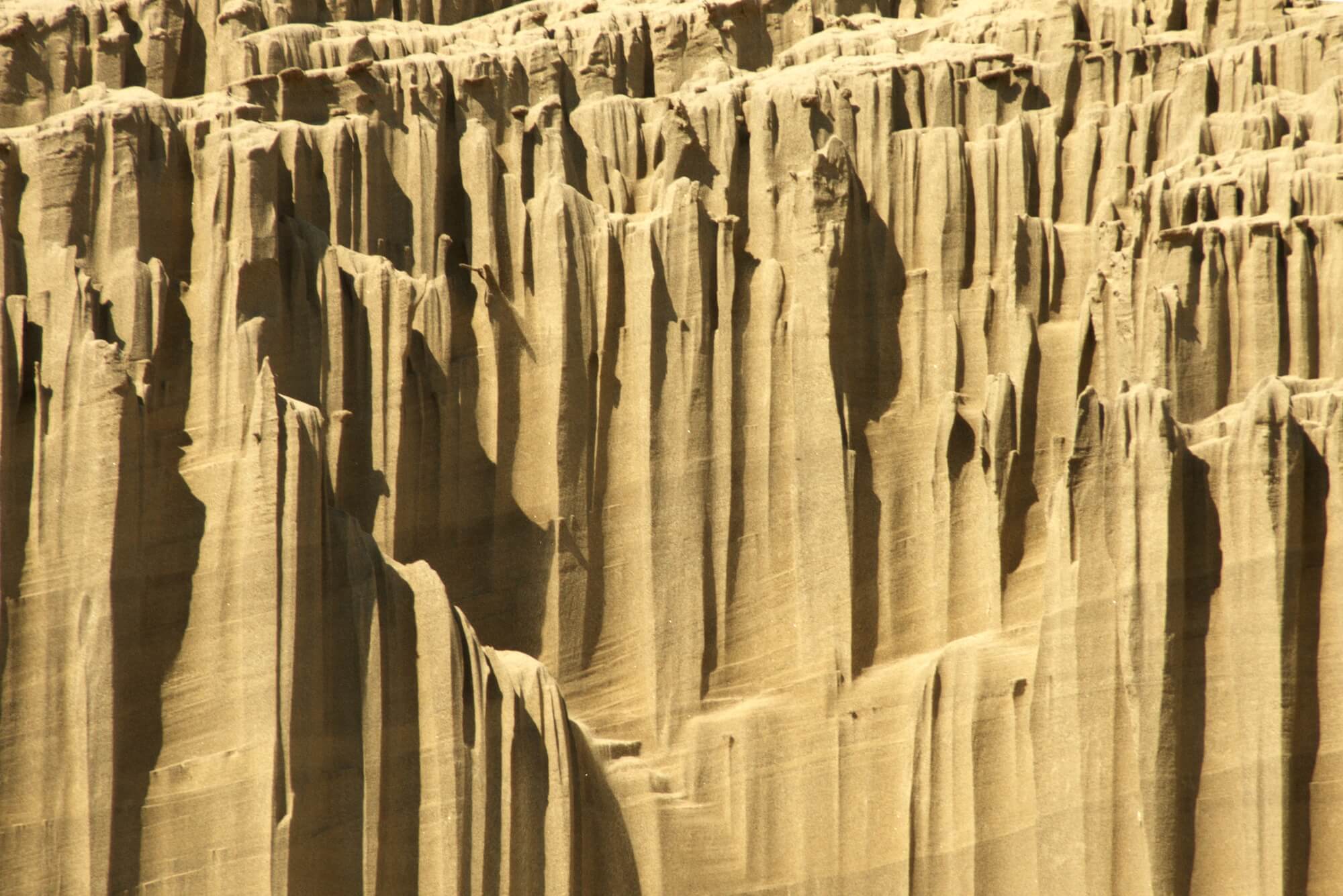 © Mato Zeman
© Mato Zeman
There was a time when people sought to tame this wilderness. As recently as the 20th century, an active process to afforest the sands was underway. And it was successful. While Đurđevački pijesci cover around 20 hectares today, at one time they were known to stretch some 12 kilometres. In fact, the dunes were so vast that it wasn't uncommon for people, horses and carts to disappear in the desert. For this reason, the Croatian Sahara earned the more sinister nickname of the 'Bloody Sands'.
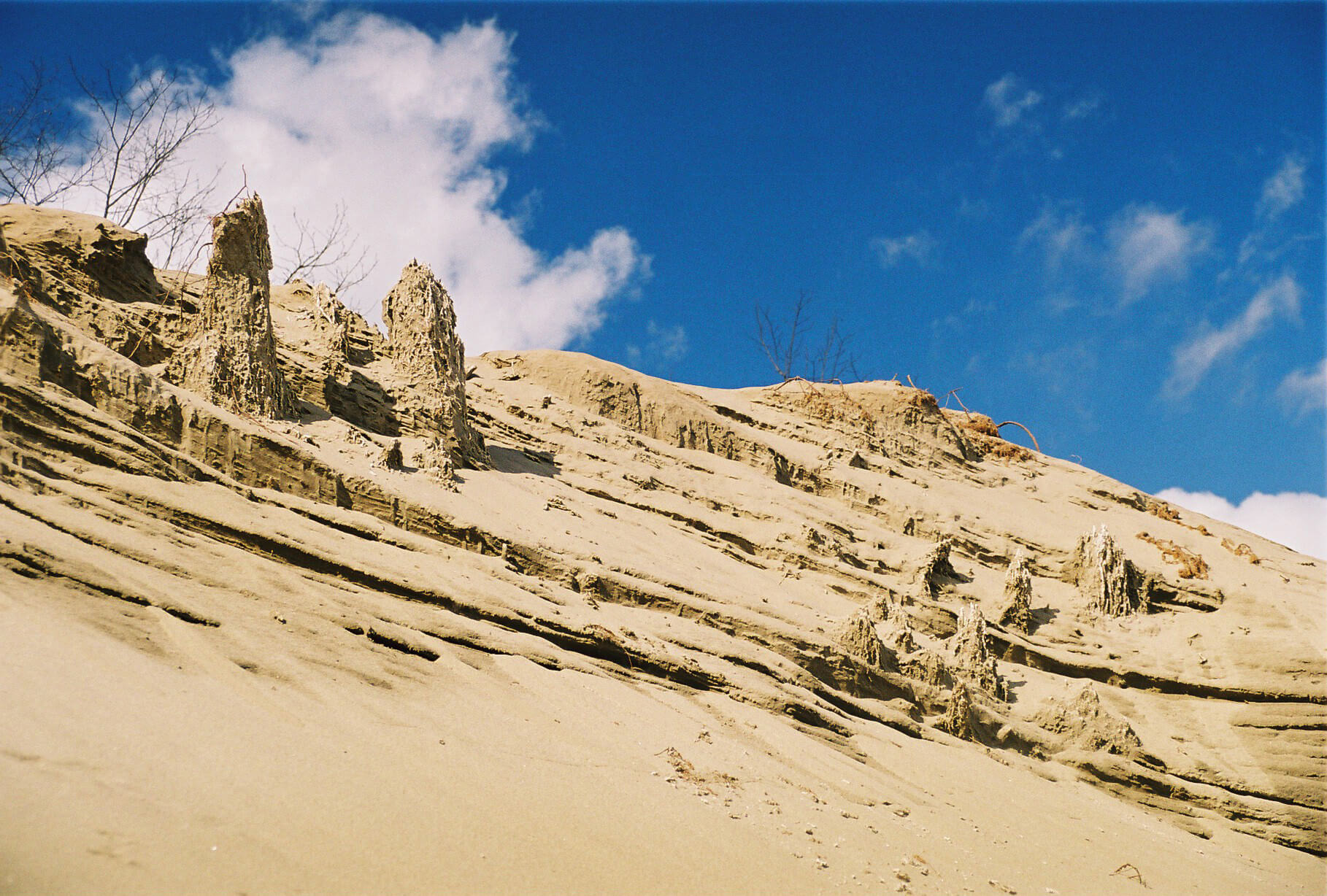 © Mato Zeman
© Mato Zeman
In 1963, part of the Đurđevački pijesci was declared a special geographical and botanical reserve. This protection now preserves the peculiarities of the vegetation here - only certain plants were able to adapt to living in this desert. Among them are several endemic species. Over 30 distinct species of butterfly can be found in and around the area of the sands. They can be seen when visiting Đurđevački pijesci, along with the spectacular dunes.
Đurđevac Sands Visitors Centre (Posjetiteljski centar Đurđevački pijesci)
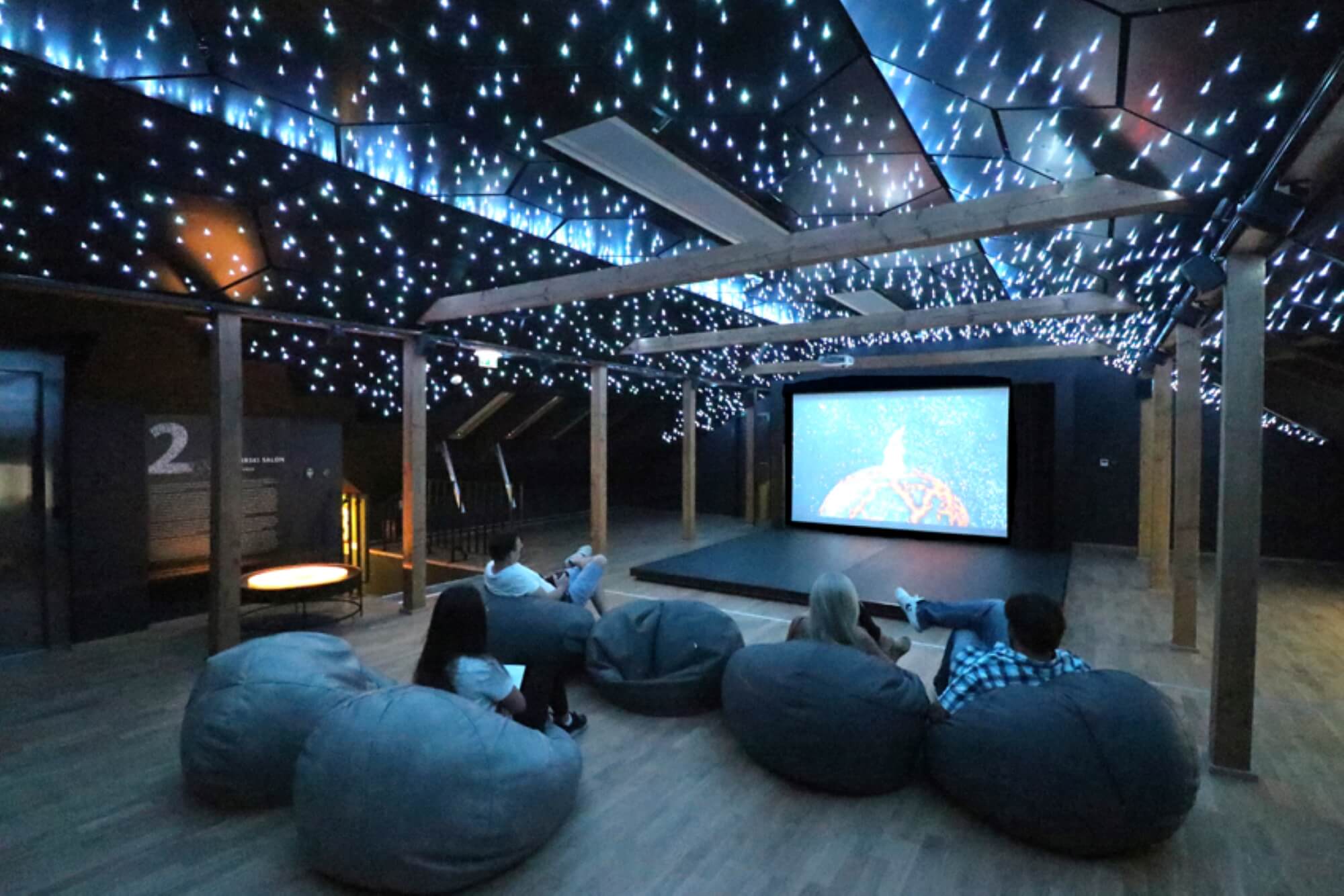 © Željko Car
© Željko Car
Within recent memory, the town's Picokijada Interpretation Centre found itself among the most popular museums in Croatia. Taking inspiration from its immersive experience, the Đurđevac Sands Visitors Centre is the next-generation version. At the time of writing, it is likely among the most modern, multimedia museum experiences in southeastern Europe.
On paper, a visitors centre dedicated to a geological irregularity doesn't sound that exciting. But, Đurđevac Sands Visitors Centre offers such an engaging experience, it's easy to see why kids don't want to leave.
Your journey begins not with a scientific explanation, but in the mysterious world of myths and folklore. In the roof space, a planetarium-like projection space introduces you to the local legends on which the region is founded. Thereafter, a series of rooms with different multimedia, augmented reality and interactive elements keep a firm grip of your attention. At the end of the tour, you've learned not only about the Đurđevac sands and the Drava river, but also the diverse fauna and flora that lives here.
Natural assets: Drava river
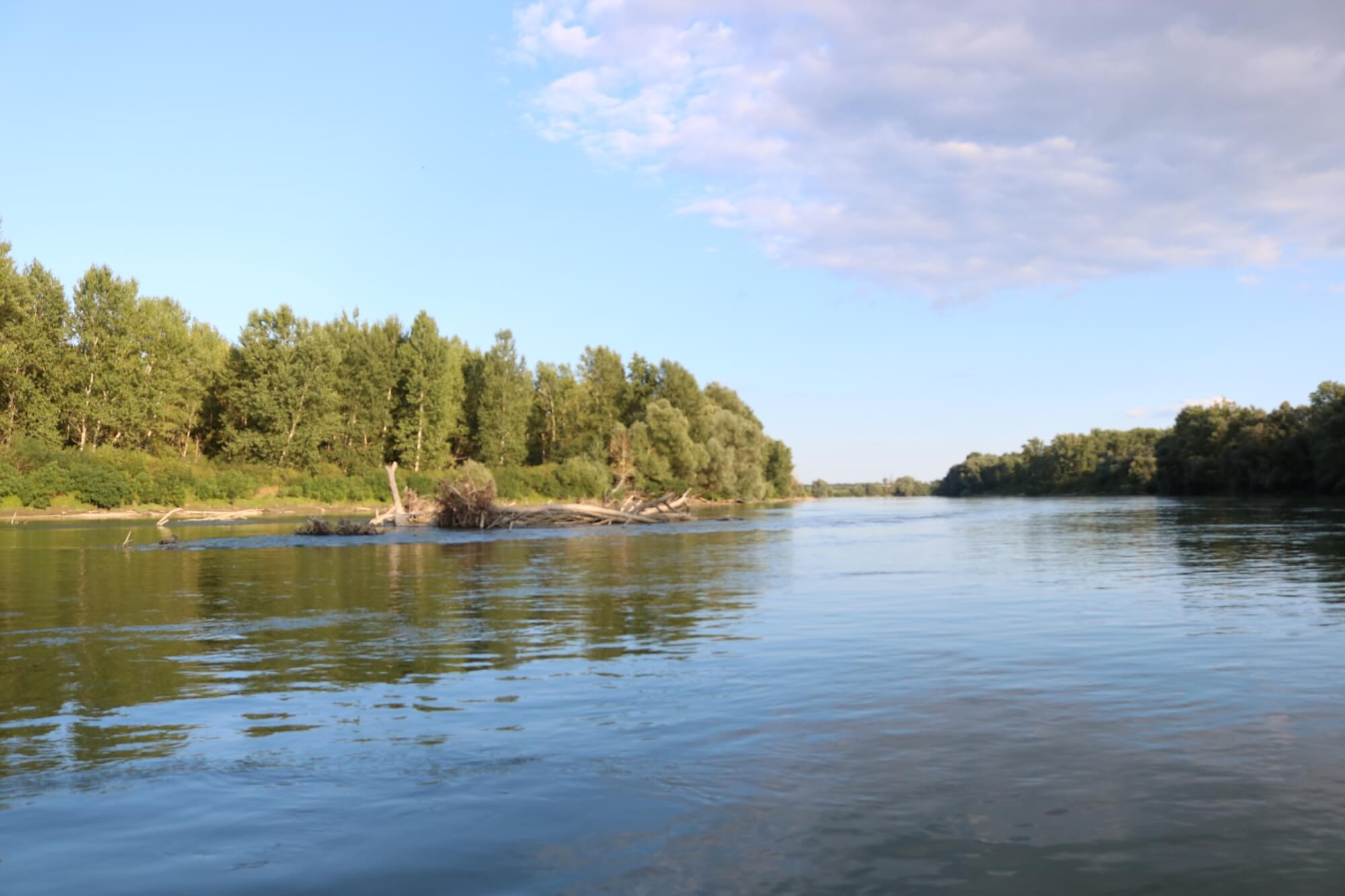 The Drava, near Durdevac © Marc Rowlands
The Drava, near Durdevac © Marc Rowlands
Although it doesn't run through the town, the Drava river shapes almost everything about Đurđevac. Certainly, the river is part of the reason the town is here. It informs not only the river fish section of the local menu but also the wine list. The incredible white wines that are made all around the town are a product of the sandy soil deposited by the river.
The river also offers the nearest recreational escape for town residents. Sitting less than 10 kilometres away, there's plenty of room on the banks for local fishermen and guests. So too, children on horseback. Canoeing, rafting and boating are great ways to see the river and its wildlife up close. If you want to learn more about the sights and activities available on the Drava river near Đurđevac, then look here.
Picokijada and the Legend of the Rooster (Legenda o picokima)
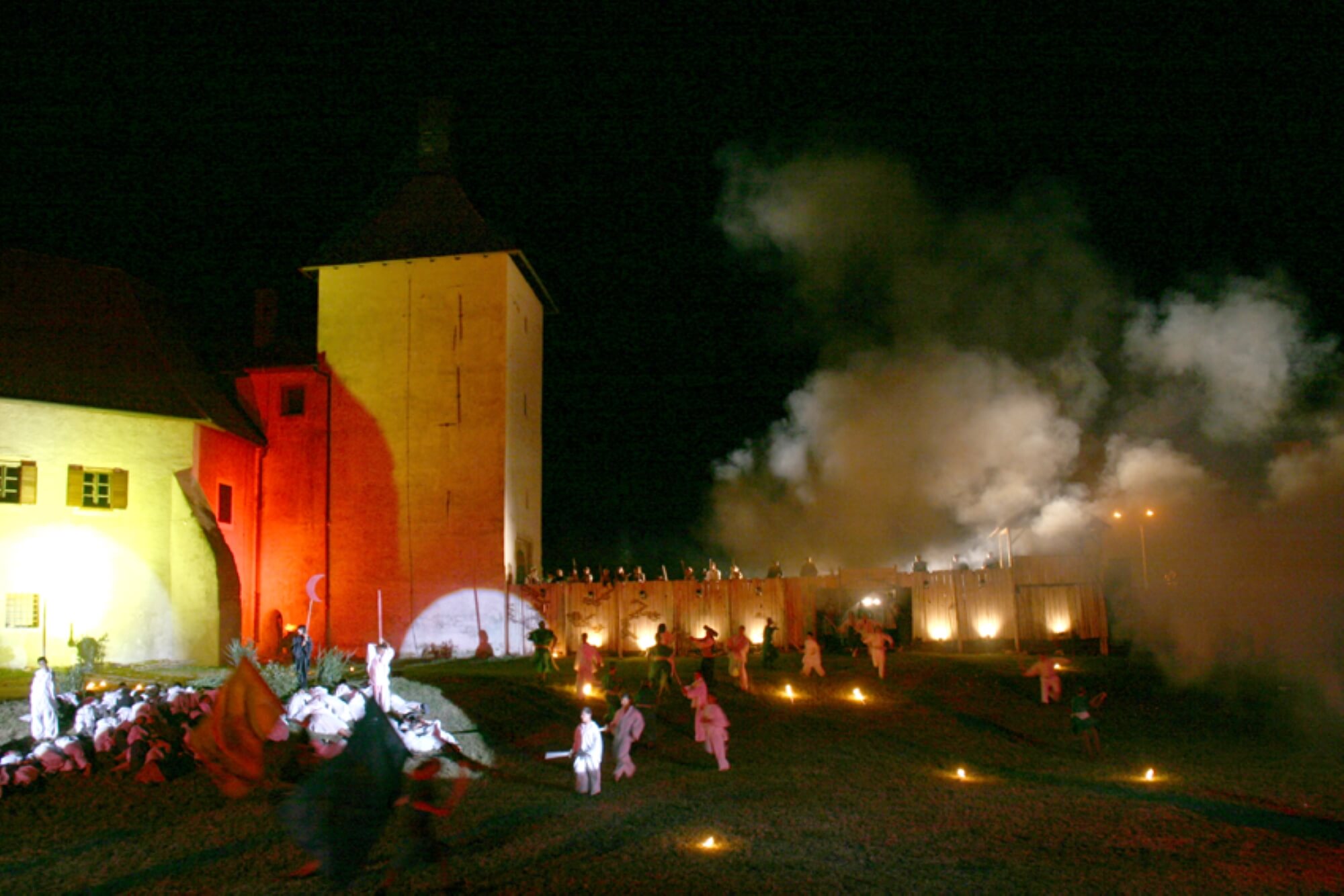 © Željko Car
© Željko Car
While the Old Town fort remained unconquered by the Ottomans, that's not to say the invaders didn't try to overcome the town and those inside its walls. In fact, on at least one occasion, it's said they came very close to succeeding.
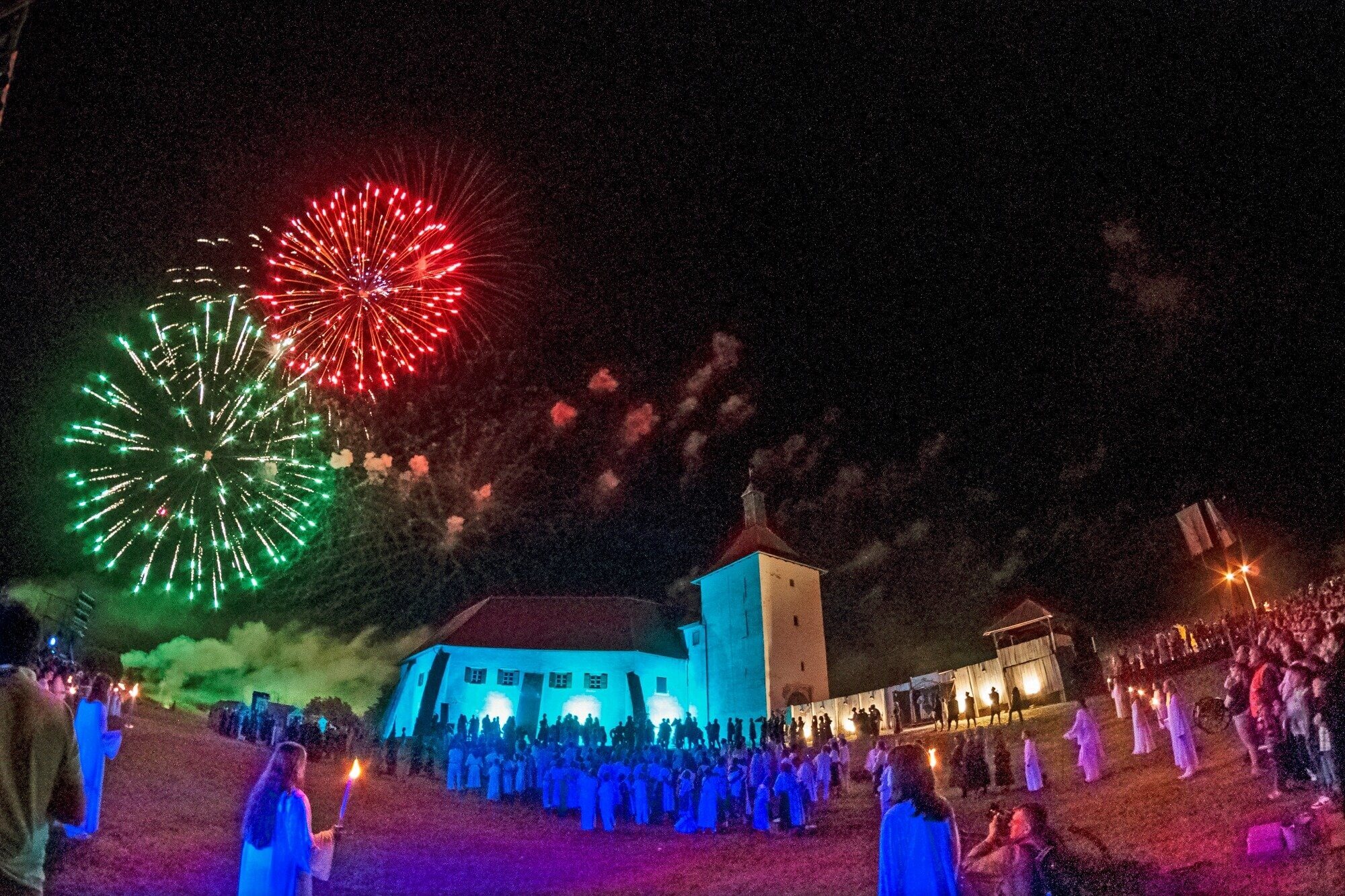 © Mato Zeman
© Mato Zeman
The Legend of the Rooster (Legenda o picokima) tells the tale of the most famous encounter between the Ottoman forces and the town. So the story goes, leader of the attacking forces Ulama-beg encountered such unexpected resistance that he was unable to take the town fortress. He decided on an alternate strategy. By laying siege to the Old Town of Đurđevac, he hoped to exhaust the resources of the people and eventually starve them into submission.
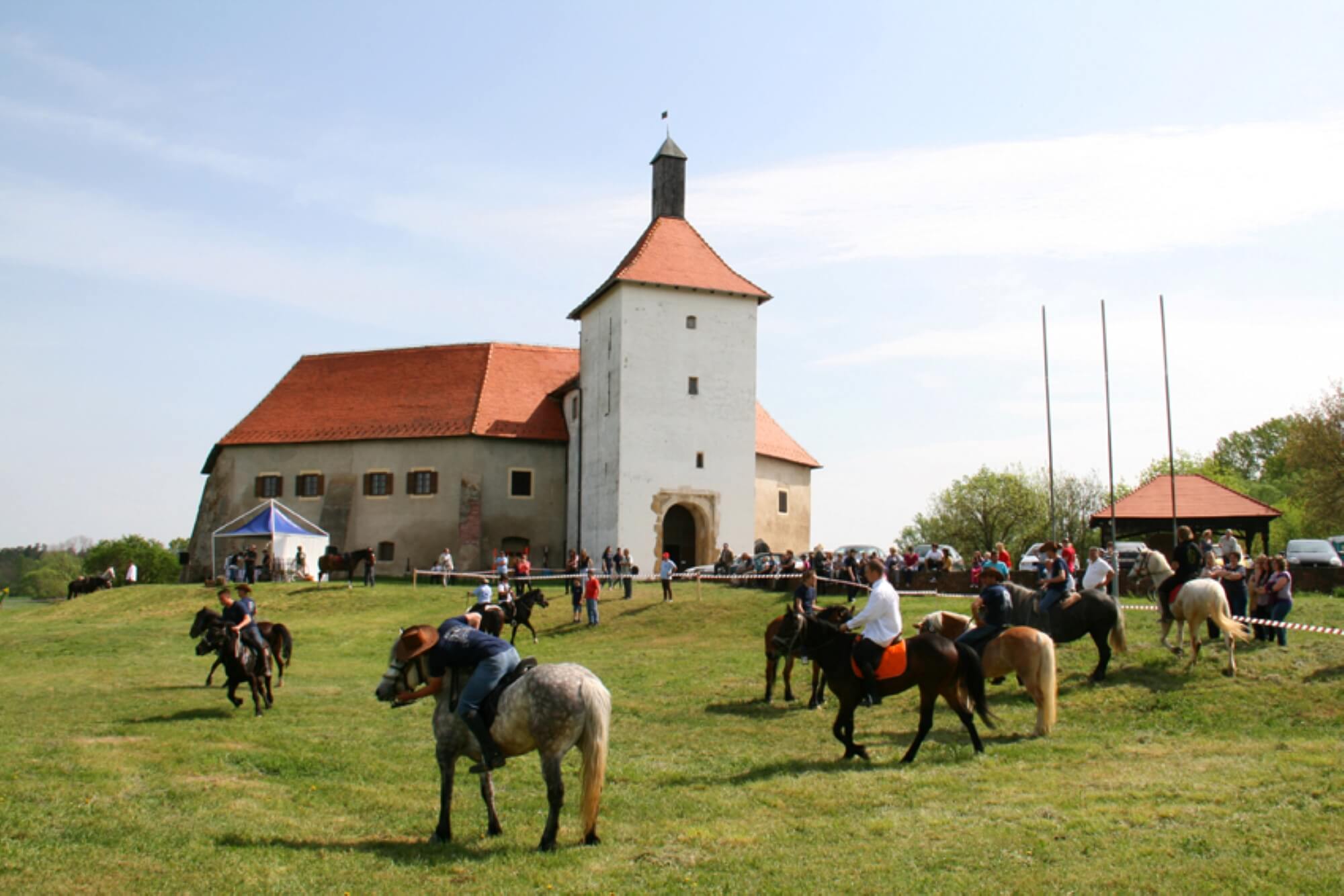 © Željko Car
© Željko Car
It almost worked. As it is told, the long siege took a terrible toll on the town. Food inside the walls had all but disappeared. Saved by an elderly woman of the town, there was only one small rooster left - in the Đurđevac dialect, a 'picok'. It wasn't nearly enough to feed all those inside. So, as a last roll of the dice, the old woman suggested the rooster instead be put in a cannon and fired into the Ottoman camp.
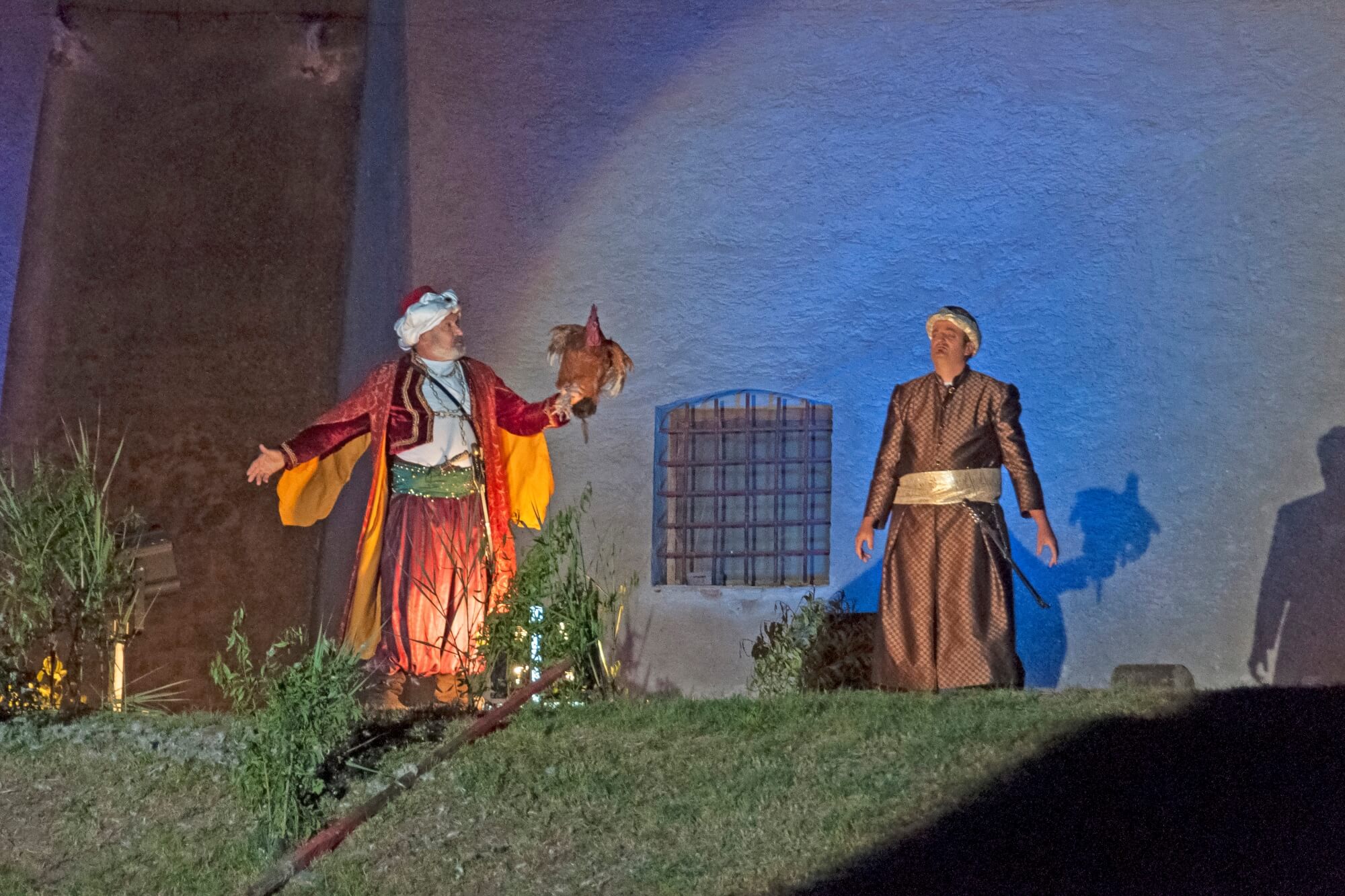 © Mato Zeman
© Mato Zeman
Exhausted themselves by the long siege, the Ottomans are said to have lost all heart upon seeing the bird shoot into their encampment. If there was still so much food that those inside could freely scatter and mock, surely there was no near end in sight? The ploy was successful. Ulama-beg gave up the siege and ordered a retreat from the battlefield, cursing the people of Đurđevac as 'picoki' as he left. It's a nickname they proudly keep to this day.
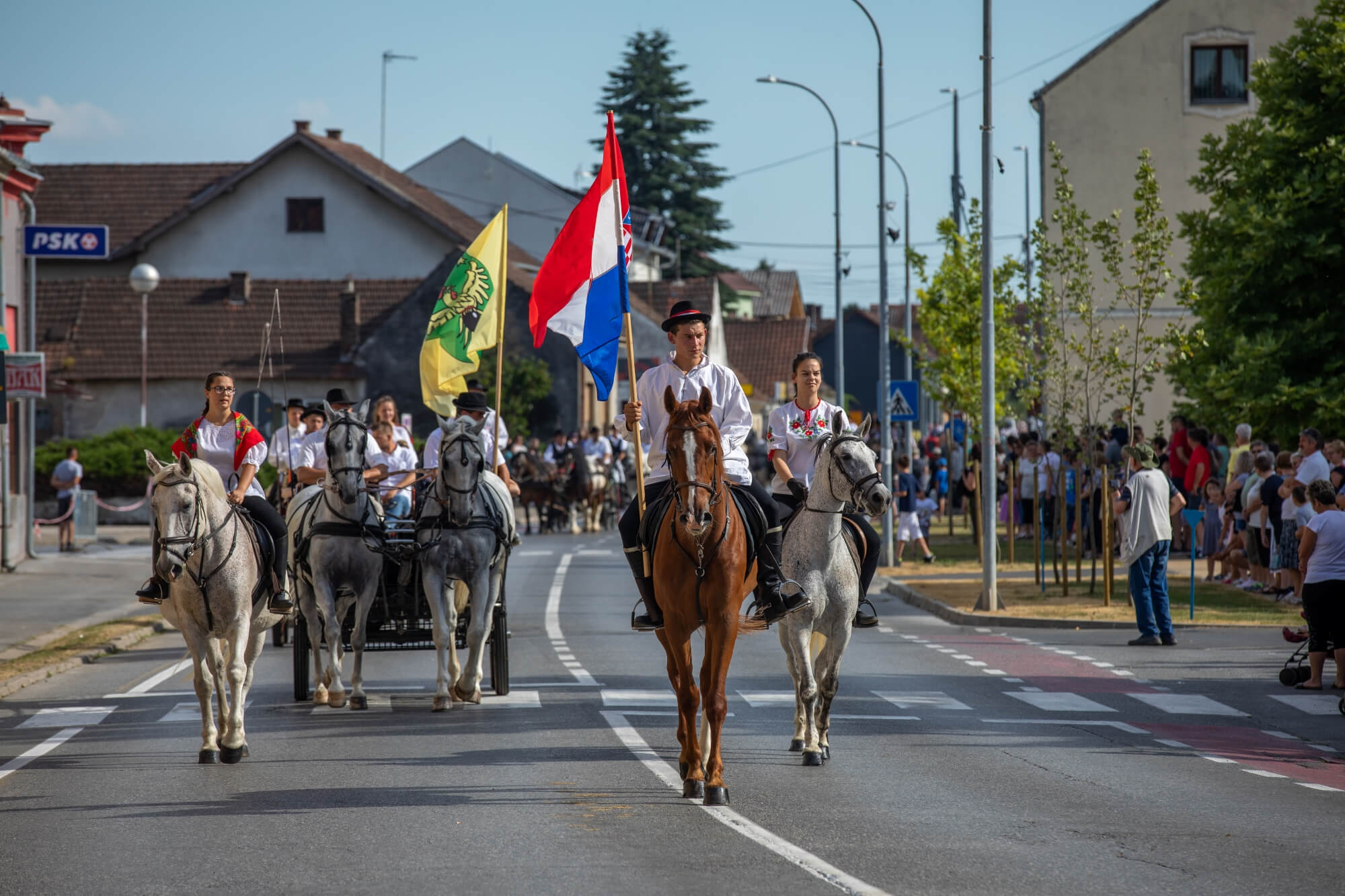 © Ivan Nemet
© Ivan Nemet
The Picokijada is an annual re-enactment of this legend and is one of the most important cultural events in Koprivnica-Križevci County. It has been held at the end of June since 1968 and now takes place over three full days.
Since 2006, the event has been protected as an intangible cultural heritage of Croatia. It has a cast of thousands and draws many more thousands of visitors. Alongside the theatre and legend, Picokijada features sports, games, activities, a procession and a popular cake competition.
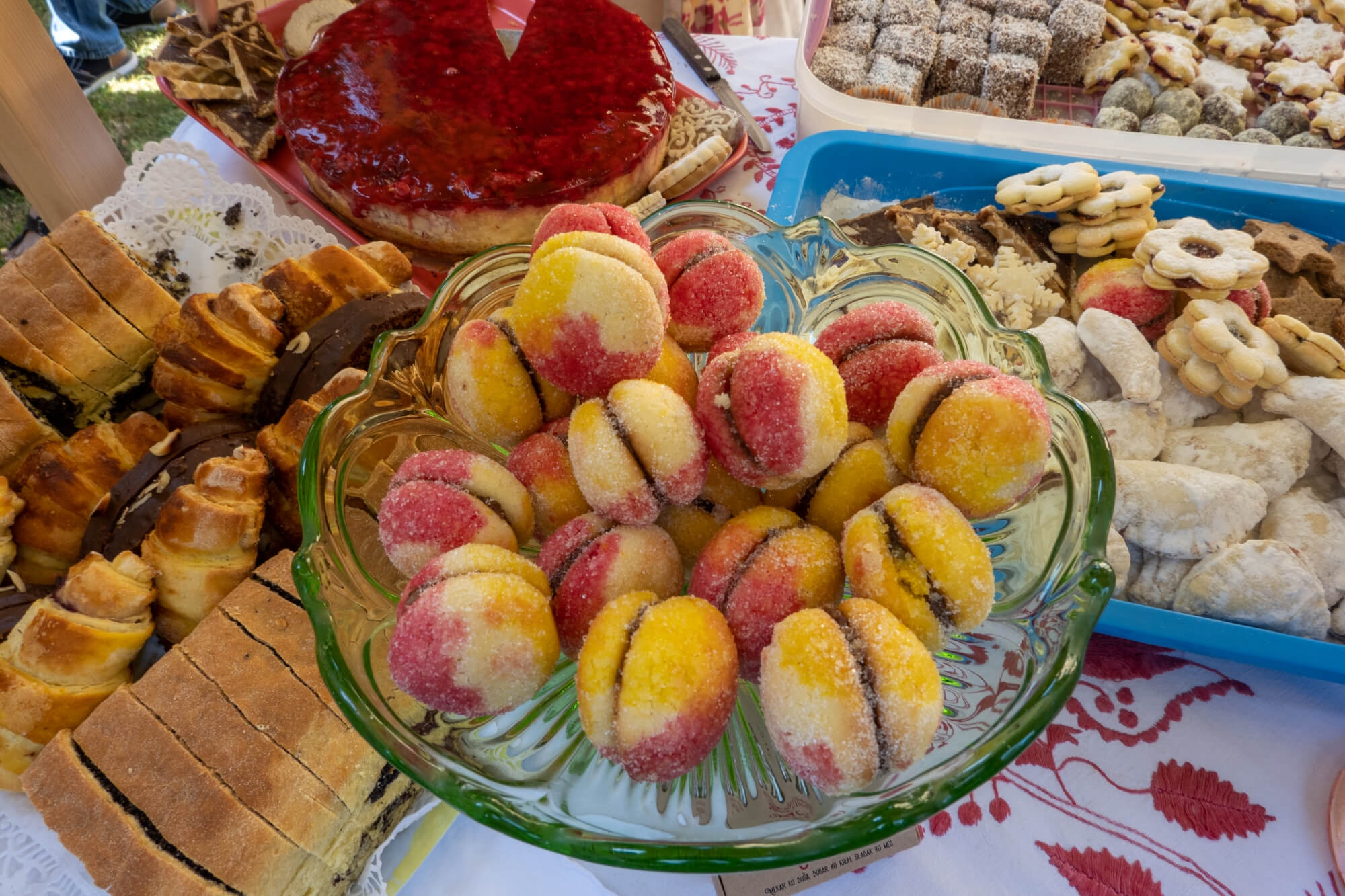 © Ivan Nemet
© Ivan Nemet
This article was produced with the co-operation of Koprivnica-Križevci County Tourist Board. Both the author and Total Croatia News would like to sincerely thank Željko Car, Mato Zeman and Ivan Nemet for the kind permission to use their photography here.
10 PHOTOS: Incredible Images of the Best Croatian Artistic Photography 2021
March 4, 2021 – Following a national competition, the Croatian Photo Association have chosen the best Croatian artistic photography of the year. 10 incredible images will now represent Croatia in the prestigious Biennial of the International Federation of Photographic Art in Paris.
Following a national competition, the Croatian Photo Association (Hrvatski Fotosavez) have chosen the best Croatian artistic photography of the year. 10 incredible images will now represent Croatia in the prestigious Biennial of the International Federation of Photographic Art (FIAP) in Paris.
The International Federation of Photographic Art (FIAP - Fédération Internationale de l'Art Photographique)
The International Federation of Photographic Art (FIAP - Fédération Internationale de l'Art Photographique) is an international organization of national associations of photography. More than 85 national associations are members, comprising nearly one million individual photographers.
FIAP was founded by M. Van de Wijer of Belgium in 1946. Its first congress took place in Bern, Switzerland in 1950. At this time, one of the national photographic associations represented was that of Yugoslavia. Following the federation's break up, each of its former republics now runs its own national photography association. Continuing a 70 year tradition, they still enter the prestigious International Federation of Photographic Art Biennial.
FIAP congresses have grown so large over the years, they are now seperated into different categories and held once every two years. Black and white and nature photography have their biennials one year, and the next year colour photography gets its biennial. The competition congress visits different countries each year. The 2021 FIAP Colour Biennial will be held in Paris, France.
The FIAP Colour Biennial competition and congress is split into two parts. The oldest, and arguably the most prestigious part of the competition, sees the best photography appearing in print and displayed individually upon the walls of the host venue. 10 examples of the best Croatian artistic photography of the year have been chosen by Hrvatski Fotosavez to represent Croatia in this section of the event.
A further 20 Croatian entries will appear in the congress's other section – projected photography. These entries are submitted digitally, rather than in print, to be shown in projection at the event.
Following a national competition, the Croatian Photo Association have chosen the best Croatian artistic photography of the year to represent Croatia in the prestigious congress and competition.
The Croatian Photo Association (Hrvatski Fotosavez)
The Croatian Photo Association (Hrvatski Fotosavez) is the legal successor of the Photographic Association of Croatia, founded on March 27, 1949 in Zagreb, and the historical successor of the Croatian Amateur Photographic Association, founded on June 11, 1939 in Zagreb. Its members are individual photography clubs and societies from all over Croatia. From their ranks, the best Croatian artistic photography of the year have been chosen.
Photography and cinema club 'Picok' from Đurđevac (Foto kino klub Picok, Đurđevac)
For the 2021 entries to the Colour Photography Biennial in Paris, special mention must be given to the remarkable achievements of one society of photographers from the town of Đurđevac. Of the 30 photographs selected to represent Croatia in this year's competition, no less than 8 of them came from members of this one photography society. In addition to Mato Zeman and Željko Car, who are interviewed below, works by Ivan Hećimović and Ivan Nemet were also selected. According to these results, Photography and cinema club 'Picok' from Đurđevac are the most successful association in this year's Croatian Photo Association competition. Coincidentally, the four Đurđevac photographers had a large joint exhibition of award-winning photographs in Đurđevac just last year. After the event, all 40 works exhibited were donated by the photographers to the city of Đurđevac. Bravo Picoki!
FIAP, Hrvatski Fotosavez and the 10 photographers chosen for 2021 FIAP Colour Biennial have kindly given Total Croatia News exclusive permission to reproduce this year's print entries. Here, we profile the best Croatian artistic photography of the year and meet the photographers.
The Best Croatian Artistic Photography 2021
Damir Rajle 'Sunshine Road'
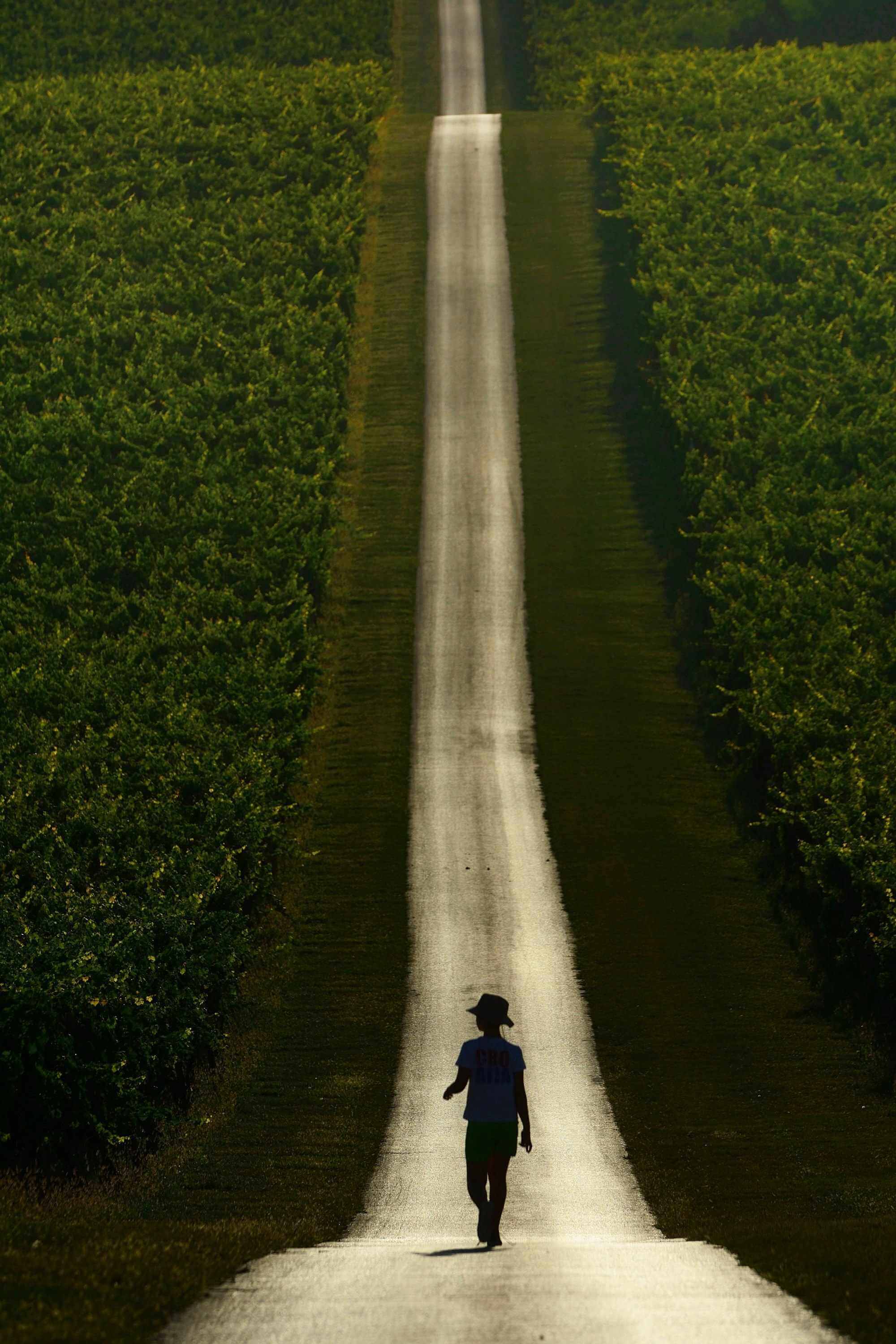 Croatian artistic photography by Damir Rajle
Croatian artistic photography by Damir Rajle
My name is Damir Rajle. I am semi-professional photographer from Osijek. My primary profession is cartographer and land surveyor, mostly involved in digital orthophoto and topographic maps. My photograph 'Sunshine Road' is a wine road in Baranja. I am very often in that exact place. But, that day, the setting sun was directly ahead and so I tried a couple of shots. Suddenly, a boy came along, silhouetting himself against the sunlit road. The naturally hilly landscape of the vineyard adds to the composition.
Dušan Grbac 'Žuti'
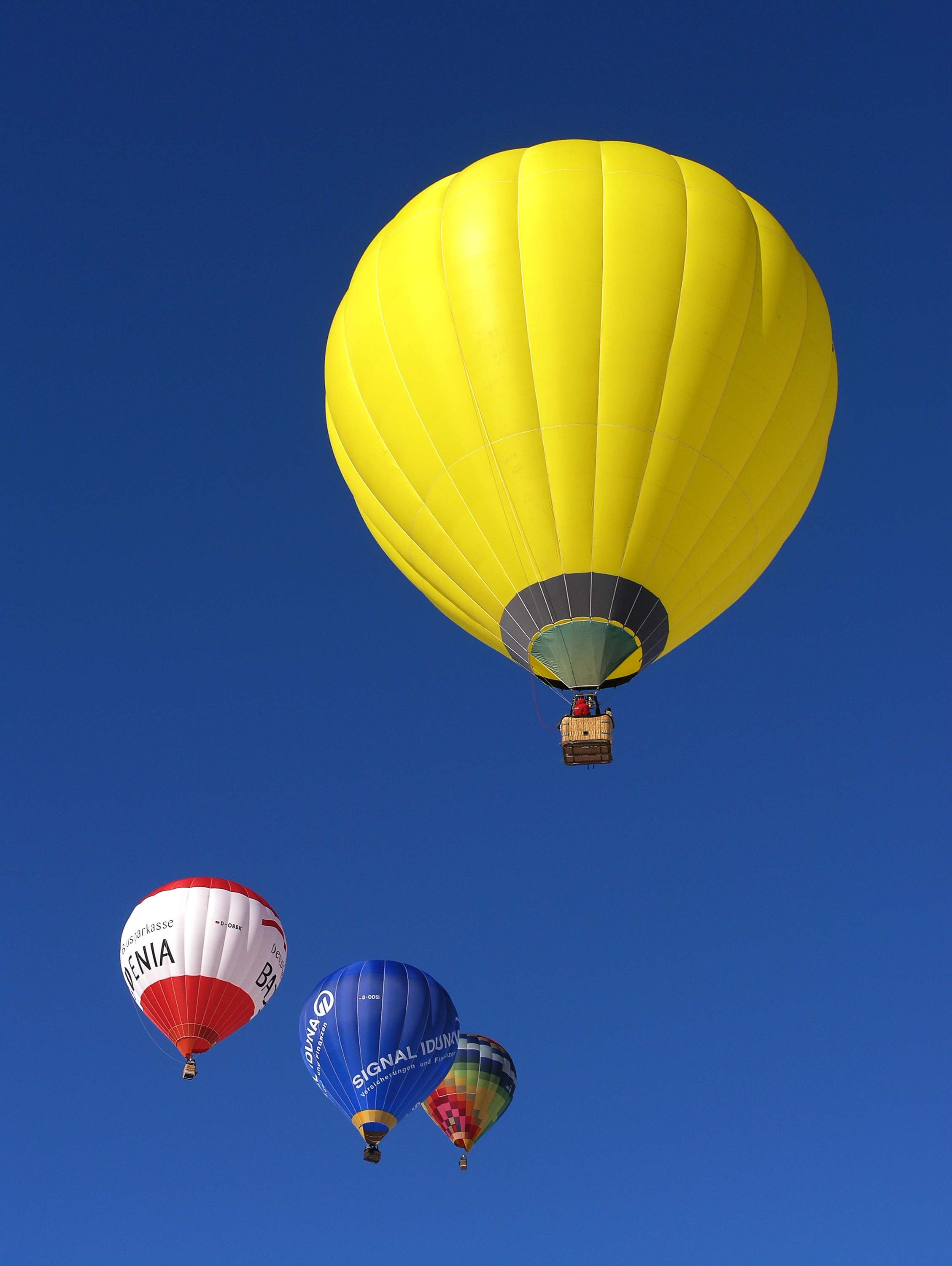 Croatian artistic photography by Dušan Grbac
Croatian artistic photography by Dušan Grbac
My name is Dušan Grbac and I was born in 1960, in Rovinj. I started shooting and developing black and white photography in 1975. I developed the photographs on my own in a small, analogue darkroom at home. In 1982 I became a member of the Photo Club Rovinj and thereafter participated in a number of exhibitions. In 2002 I embraced digital photography. I actually work as an IT specialist. In my free time, I like to engage in photography and I've held dozens of lectures and workshops about photography. I'd really like to pass on to others everything I've learned about photography over the years. 'Žuti' (Yellow) was actually taken in January 2006 in the Italian town of Dobbiaco. The annual balloon show was held at a temperature of -16 °C! This made the sky crystal blue. I couldn't resist that tonal contrast, the colours... and 'voila'.
Mirjana Spajić Buturac 'Saturn'
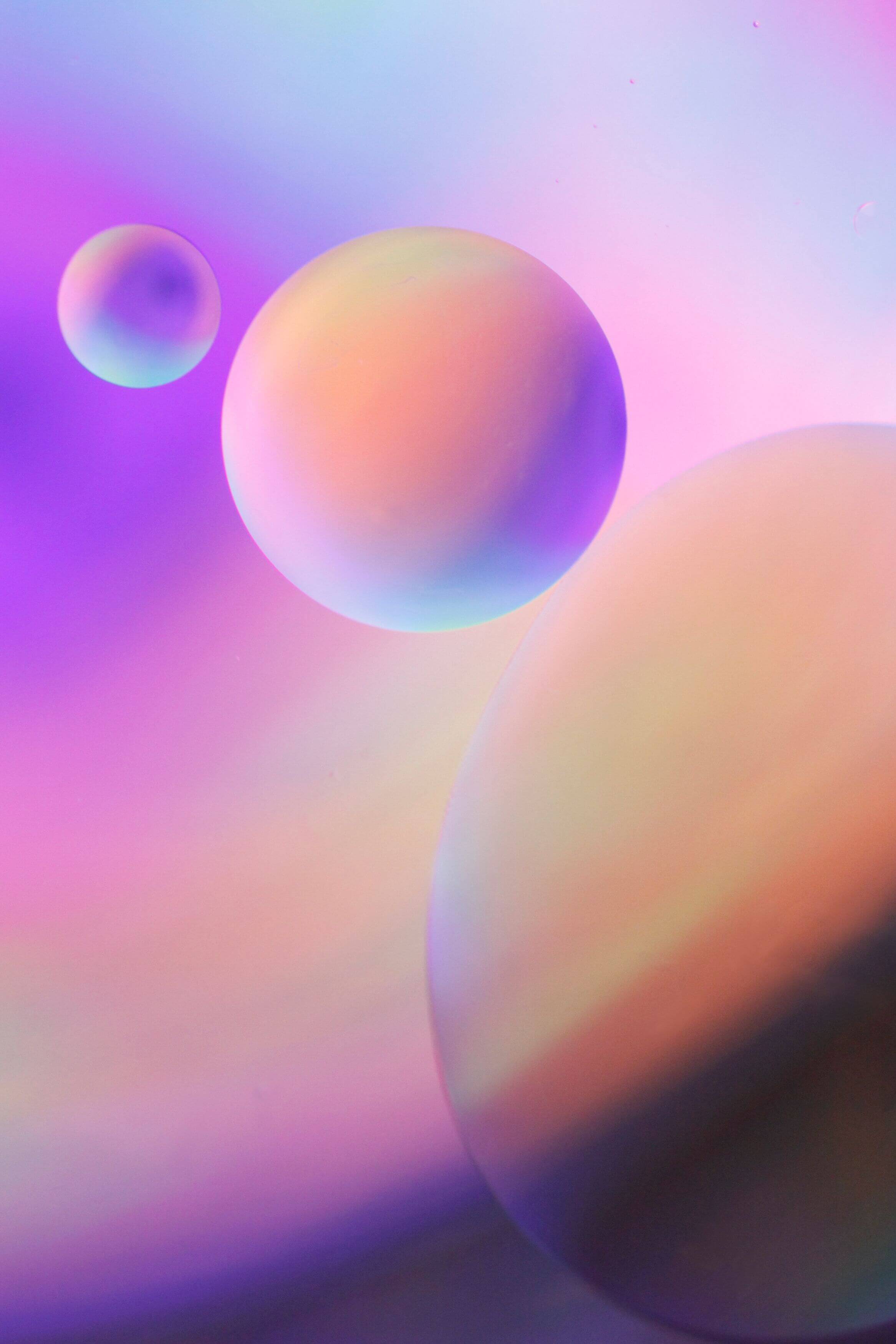 Croatian artistic photography by Mirjana Spajić Buturac
Croatian artistic photography by Mirjana Spajić Buturac
My name is Mirjana Spajić Buturac. I'm originally from Vinkovci, but I have been living in Zagreb for 20 years. I studied in Osijek and by profession, I am a professor of mathematics and informatics. I've been interested in photography since my student days. However, it was a colleague, Professor Vladimir Šimunić that truly awoke my passion for photography in me and in 2014 I certified as a photographer, enrolled in Fotoklub Zagreb and started participating in photography competitions. I took an online course at Udemy to perfected my use of Photoshop and photo processing. I work at the School of Crafts for Personal Services in Zagreb, which, among other things, has a photography major, and in addition to mathematics and computer science, I now also teach digital photography. I am so happy that photography has become a part of my job! 'Saturn' was taken in December 2020. It shows drops of olive oil in water. Under the influence of ultraviolet light and a fluorescent poster under the bowl of water, the oil droplets took on a three-dimensional effect. My seven-year-old son Leon noticed that the largest droplet had a dark ring, like Saturn. That's how the photo got its name.
Mato Zeman 'Spring Fields'
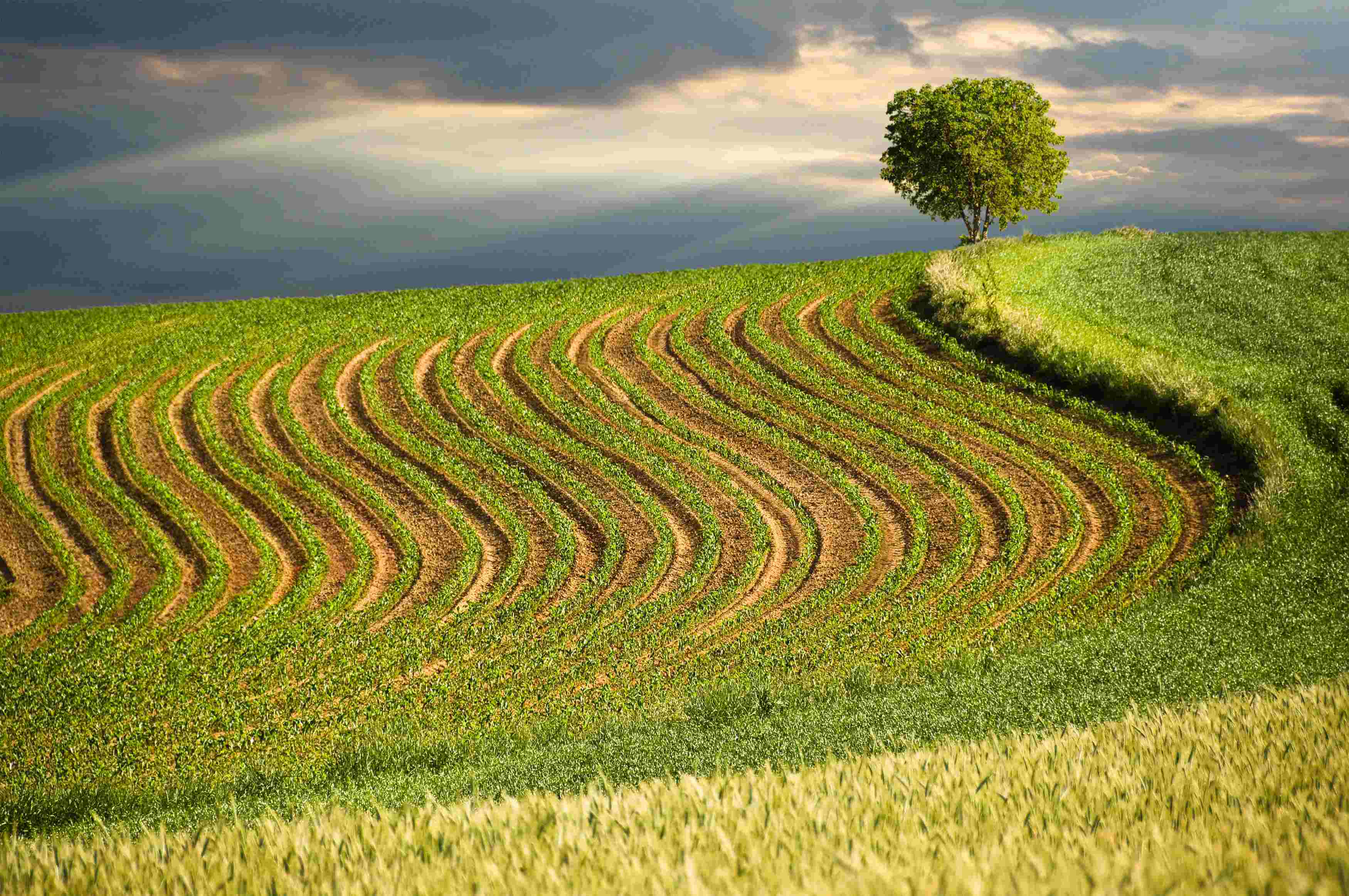 Croatian artistic photography by Mato Zeman
Croatian artistic photography by Mato Zeman
My name is Mato Zeman and photography has been my hobby for long time. I live in Kloštar Podravski, a small village in Podravina, between the river Drava on the north and Bilogora mountain on the south. In my full0time job I worked in the 112 Emergency Centre in Koprivnica, but I've now been retired for 2 years. Photography is my hobby for a long time. I've participated in several international photo contests. In 2015, FIAP awarded me the honorary title FIAP Artist and three years later the title EFIAP (Excellence Fédération Internationale de l'Art Photographique). I am a member of the Photo and Cinema club 'Picok' in Đurđevac. I'm also a member of the local artistic association 'Kloštranska paleta' in my home village. Two of my works were selected for FIAP 2021 Biennial of Colour Photography in France and will represent my country. I am very proud of this. The one appearing in print 'Spring Fields' was taken at the fields of young corn on the slopes of Bilogora. The rows of corn are in a nice S line, the sky is partly cloudy with the sun shining through.
Nenad Martić 'Red, White and Blue 2'
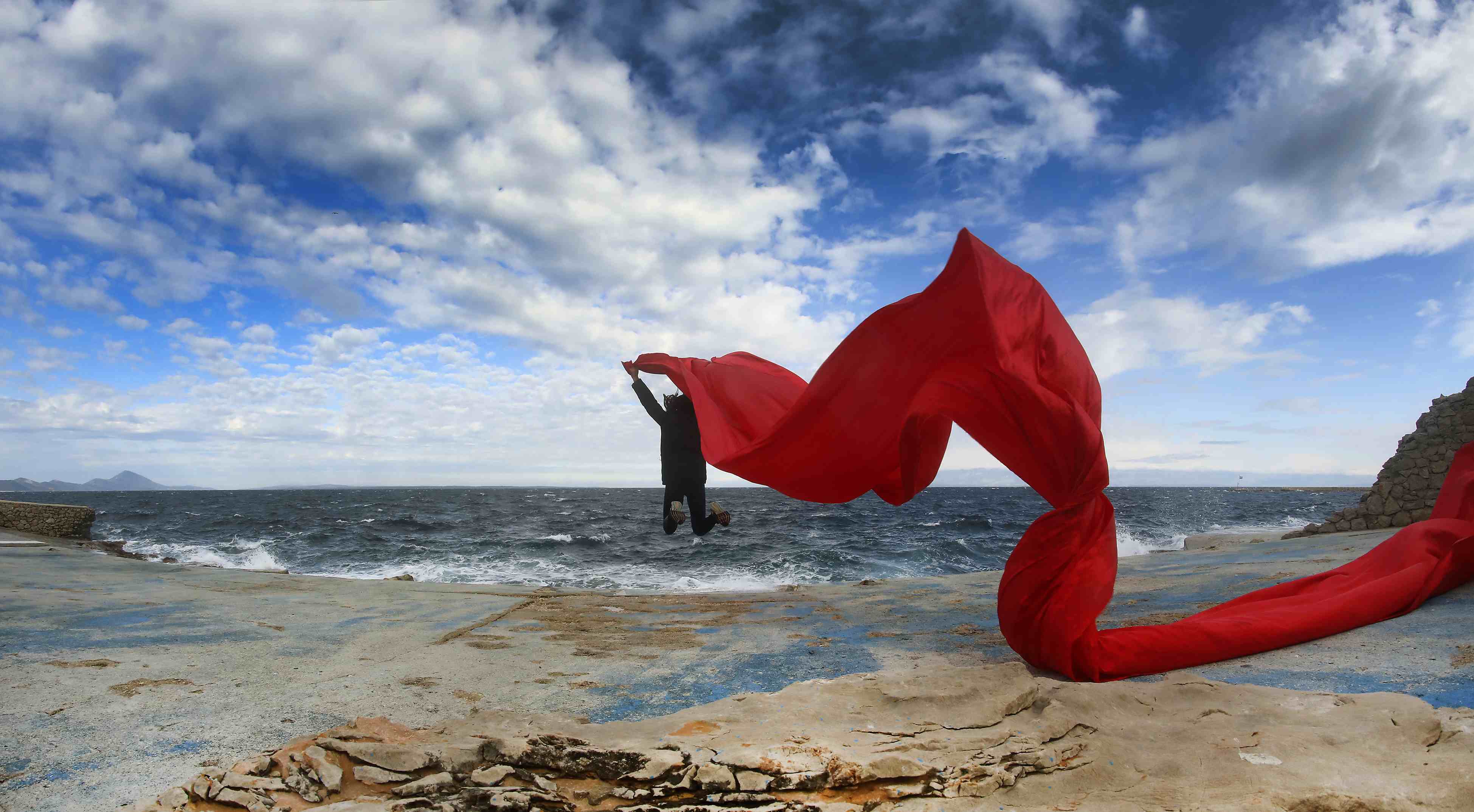 Croatian artistic photography by Nenad Martić
Croatian artistic photography by Nenad Martić
My name is Nenad Martić. I was born in 1951 in Zagreb, where I graduated from the Department of Fine Arts at the Faculty of Education, University of Zagreb.I devoted most of my professional career to graphic design and illustration, beginning in the 1980s with the Start and Svijet magazines. The second half of my career was marked by the gradual introduction of a new artistic expression; digital photography. Free of assignment of specific commissions and deadlines, artistic photography became a passion. I dedicated myself to it for the last ten years. I take different kinds of photographs, but I most prefer street photography. It's a kind of documentary photography, focusing on the nuances of human gestures and street context, capturing and conveying the moment to those who are not there. 2014 was a turning point for me because I joined Photo Club Zagreb. Thereafter, I had three solo exhibitions, was included in over a hundred group ones and won several international and national awards and nominations. These included the Ferdinand Soprano Grand Prix and the Viktor Hreljanovic Award from Photo Club Rijeka in 2019, most successful author and the most successful Croatian author at the 39th Zagreb Salona in 2020 and I won the prestigious Tošo Dabac Award 2019 for outstanding contribution to photography in Croatia. My photo 'Red, White and Blue 2' was taken on the island of Lošinj. The model is my daughter. It is one of a series of photographs taken with red cloth.
Silvija Butković 'Together'
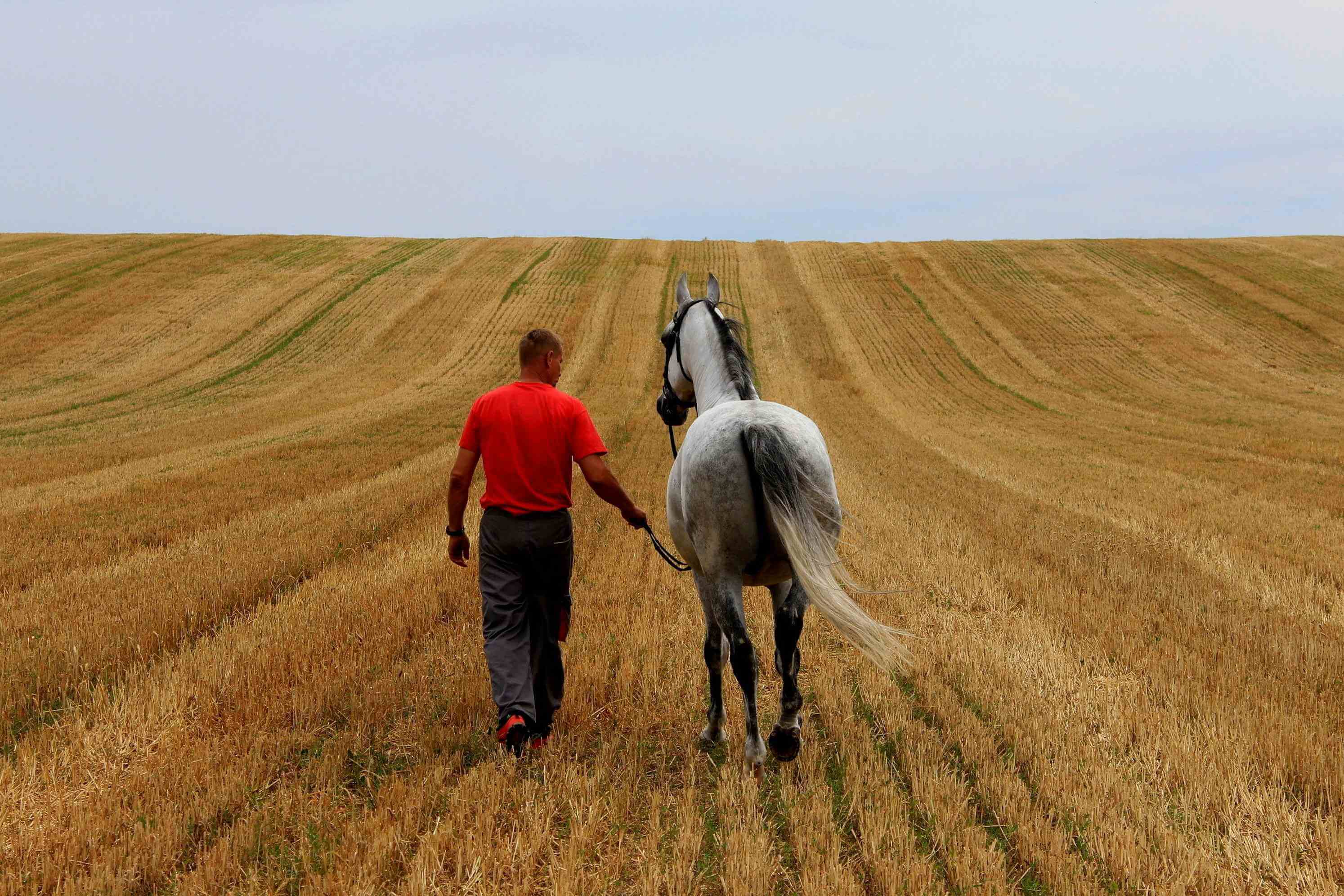 Croatian artistic photography by Silvija Butkovic
Croatian artistic photography by Silvija Butkovic
My name is Silvija Butkovic and I was born in 1964 in Osijek, Croatia. As a child, I lived on the island Lošinj. I returned to Slavonia when I entered University. I now live and work in Đakovo as manager of tourism an public relations at the State Stud Farm Đakovo (National Lipizzan Stud Farm Đakovo - Državna ergela Đakovo). Language and photography are my great loves. Lately, I've been making photo haigas, a Japanese combination of poetry and photography. The World Haiku Association recently awarded me the title Master of Haiga for my work. You can see some of it on their website www.worldhaiku.net/haiga. Lošinj and the heart of the Slavonian plain are a constant inspiration. I also adore horses and I love watching them through the camera. I'm a member of 'Photo-cinema Club Djakovo', 'Photo-Club Rijeka' and 'Matica Hrvatska'
Željko Car 'Spring'
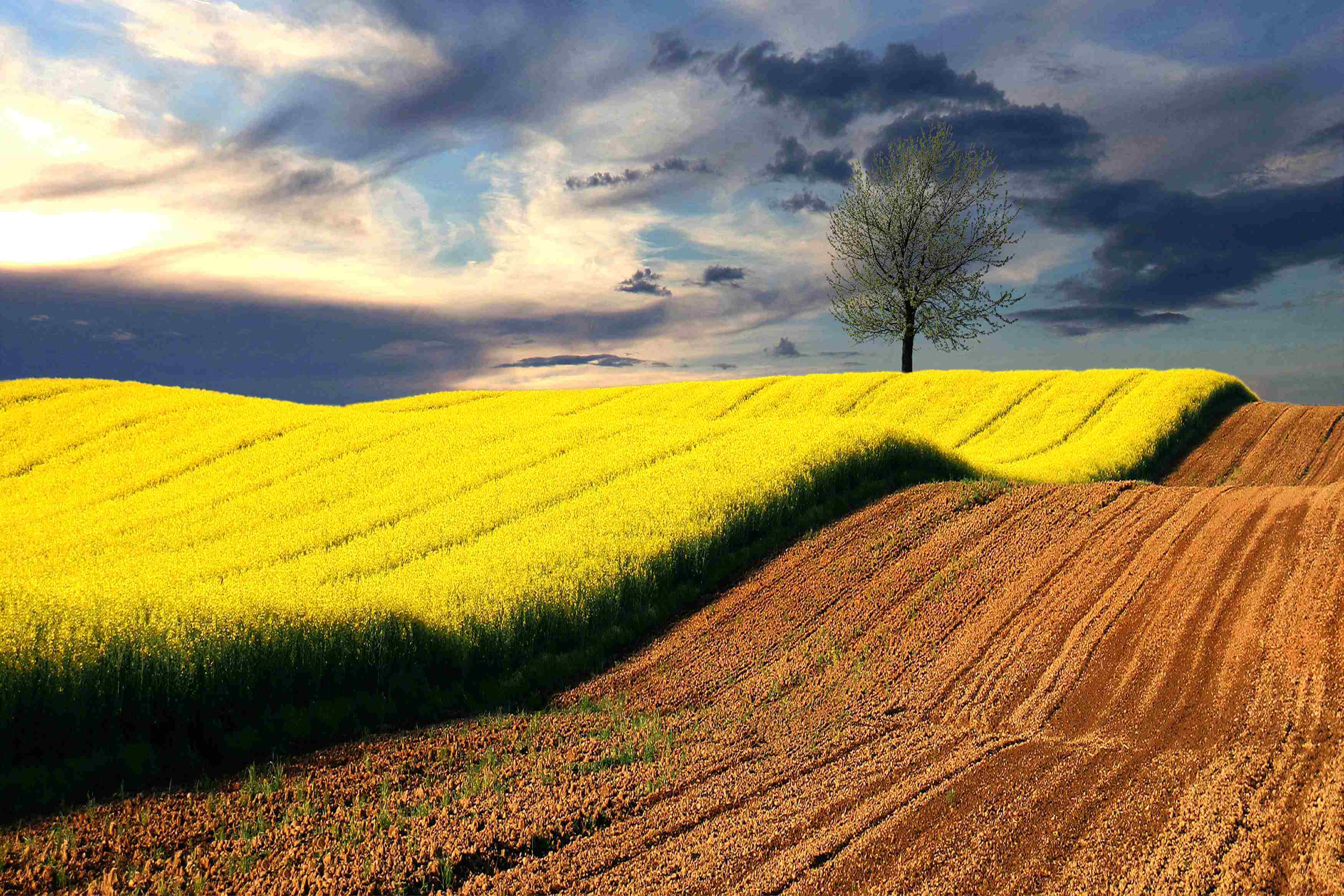 Croatian artistic photography by Željko Car
Croatian artistic photography by Željko Car
My name is Željko Car. I'm a lawyer by profession. I first published photos in newspapers (I was a correspondent for several). Since 1984 I've participated in exhibitions in many countries around the world. I have more than 300 awards and diplomas, and I received the honorary title of EFIAP. Two of my photos were selected for the 2021 Biennial of Colour Photography in France - 'Spring' and 'Snow on the river bank'. Both photos were taken near Đurđevac, the city where I live. With 'Spring' I wanted to show the beauty and ambient values of the area where I live. It was actually taken in the spring of 2000.
Aleksandar Tomulić 'Valencia 5'
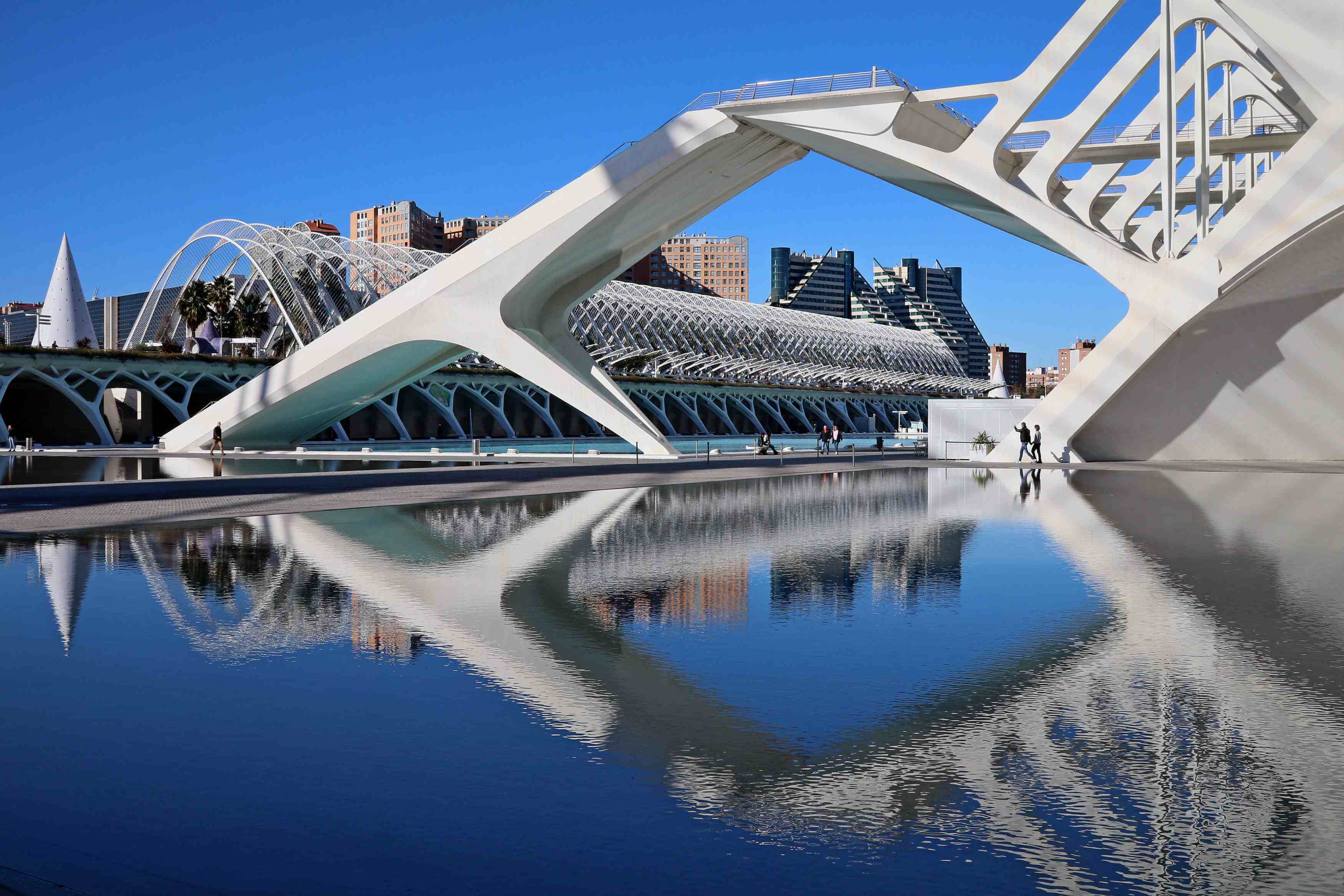 Croatian artistic photography by Aleksandar Tomulić
Croatian artistic photography by Aleksandar Tomulić
My name is Aleksandar Tomulić and I'm from Rijeka. I'm a semi-professional photographer. My main profession is IT. I've been taking photos since I was a kid. I was born in 1967. I became more seriously involved in photography in 2004. It's the magic of capturing an unrepeatable moment that fascinates me, and the feel for light and composition. I prefer street photography and seaside motifs, and I like to experiment with abstract images. Since 2013 I've volunteered to give classes and workshops. I'd like to pass on what I've learned about photography. I've had 15 one-man shows, participated in over 500 group shows and received over 320 awards. The Croatian Photo Association have selected my work ten times to represent Croatia at FIAP Biennales. I'm a member of 'Fotoklub Color' and 'Fotoklub Pag.' My photo 'Valencia 5' was taken, of course, in Valencia in the City of Art and Science. I took the shot in 2018. That new part of Valencia is the concept of famous architect Santiago Calatrava.
Ante Jaša 'Knot in Passage'
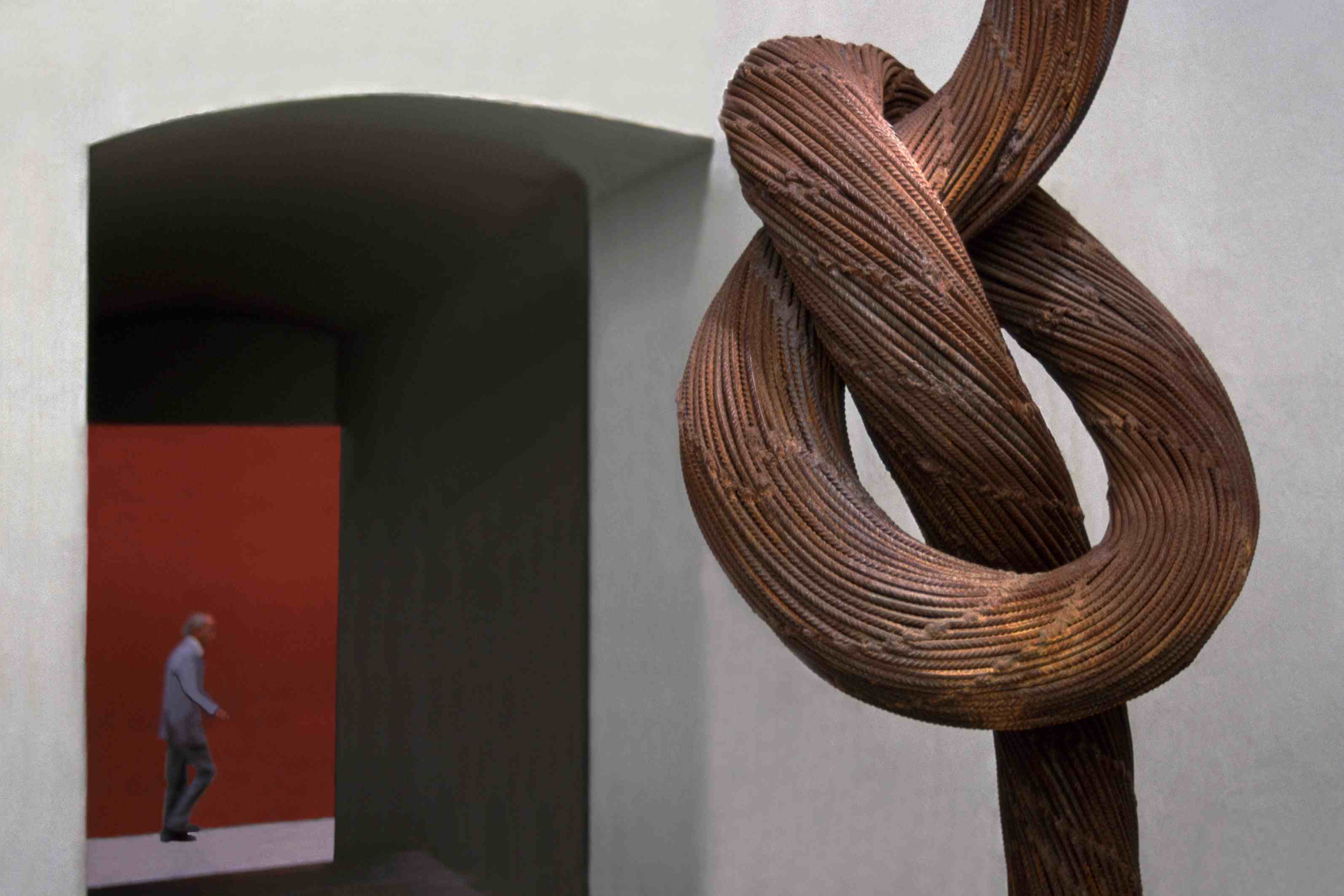 Croatian artistic photography by Ante Jaša
Croatian artistic photography by Ante Jaša
My name is Ante Jaša. I was born on 19th October 1951 in Kukljica-Zadar. From the earliest days of my childhood, I played with a 'box camera' we had at home. My grandfather bought it in New York. He could never have known this would lead to his grandson having solo photography exhibitions in out home town. In 1970, my photography and writing started to be published in dailies (newspapers), weeklies and journals. By 1999 I'd progressed to be on the editorial board of the feuilleton “Mareta” (Wave) in the paper “Narodni list” - Zadar. I've exhibited my works at 418 collective exhibitions on every continent and have received numerous awards. I'm a member of the photo clubs 'Zagreb', 'Zadar' and 'Kornat' Kukljica. Sea and stone are the main motifs of my work. There's an inherent tension between them which I'm exploring. By taking photographs of both traditional and modern ways of life on the islands near Zadar, I show their natural ambience, the sea as well as on the mainland around Zadar. My photo 'Knot in Passage' was actually taken in 2015. The photo shows the entrance to the Art Gallery in Zadar. In the courtyard of the entrance was a modern metal sculpture. I put the sculpture in the foreground. The entrance is wide open and a passerby can be seen on the street. The sculpture seems to be inviting people to enter the gallery.
Ivan Nemet 'Field Geometry'
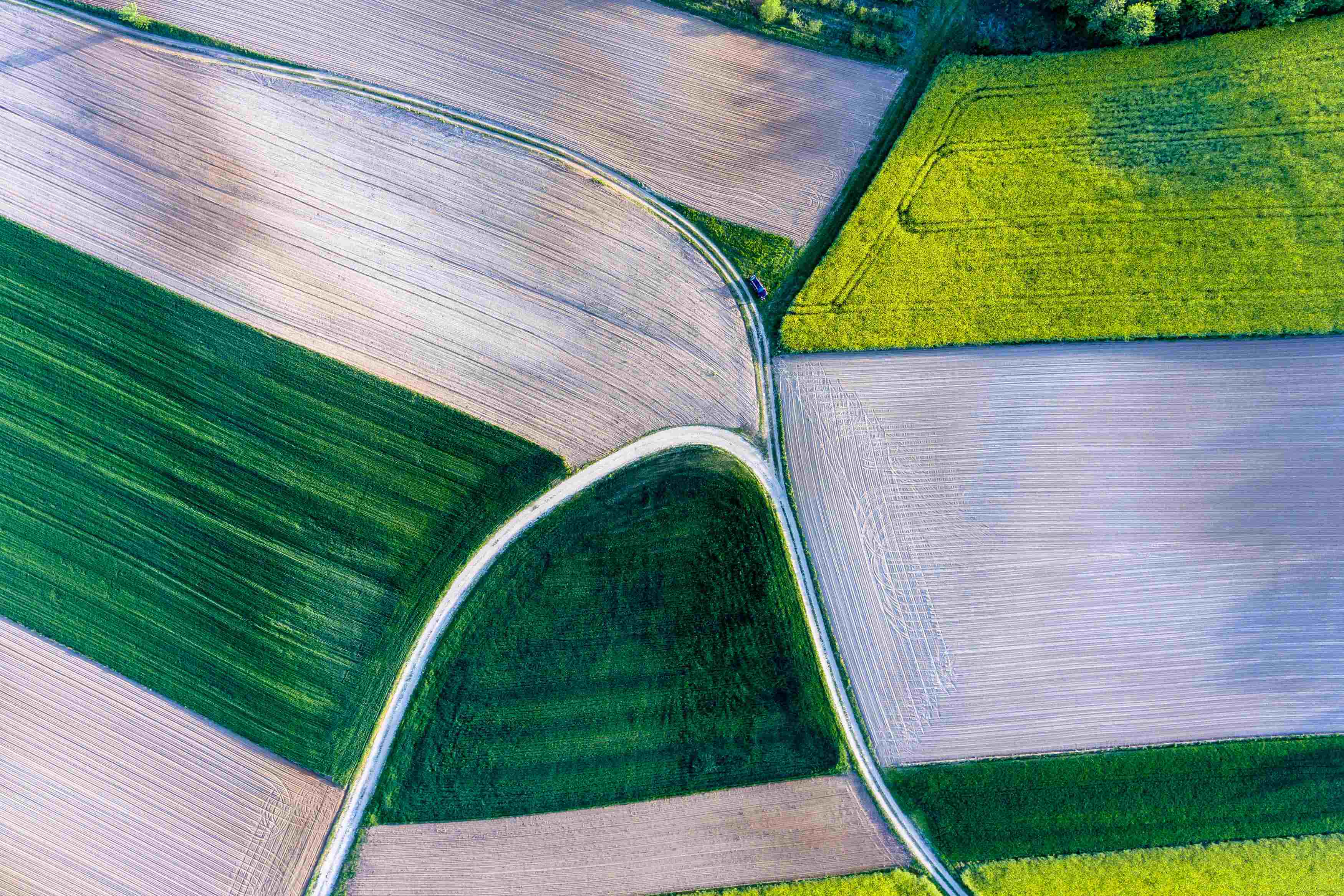 Croatian artistic photography by Ivan Nemet
Croatian artistic photography by Ivan Nemet
My name is Ivan Nemet. I was born in Kloštar Podravski. I am retired and I spent my entire working life working on oil wells all over the world. Photography has been a hobby since my early days. I love all kinds of photos, but my favourite is landscape photography. Over the last few years, I’ve quite often been taking photos with a drone. Photographs from a bird's eye view are often interesting because they reveal compositions that cannot be seen from the ground. I've participated in various international photography exhibitions, one of them being this year's 29th Biennale in France. The Croatian jury selected two of my photos. They were both taken using a drone. The name of the first photo is 'Reed car'. It was made in the winter on the mountain Bilogora. The name of the other photo is 'Field Geometry'. The emphasis is on the lines created by the action. Both were made not far from where I live, in the continental part of Croatia, between the river Drava and the small mountain Bilogora. The name of this part of Croatia is Podravina.
For the latest travel info, bookmark our main travel info article, which is updated daily.
Read the Croatian Travel Update in your language - now available in 24 languages.
Market vs. Social Distance? Đurđevac says: Market With Social Distance!
May 8, 2020 - Markets are sources for many people when it comes to fresh vegetables, fruits, milk, cheese, and much more. So, how is the market in Đurđevac coping in the second week of reopening?
Visiting markets is a part of the weekly, maybe even daily routine for a large number of people. While many markets needed to close their gates due to measures, people were left not only without fresh food but maybe without the familiar faces of their favorite sellers.
The market in Đurđevac used to be open every Thursday, and as one of the locals said: "This must have been difficult for them during this period of the pandemic, especially because the beginning of spring brings many more customers that buy plants for their personal gardens."
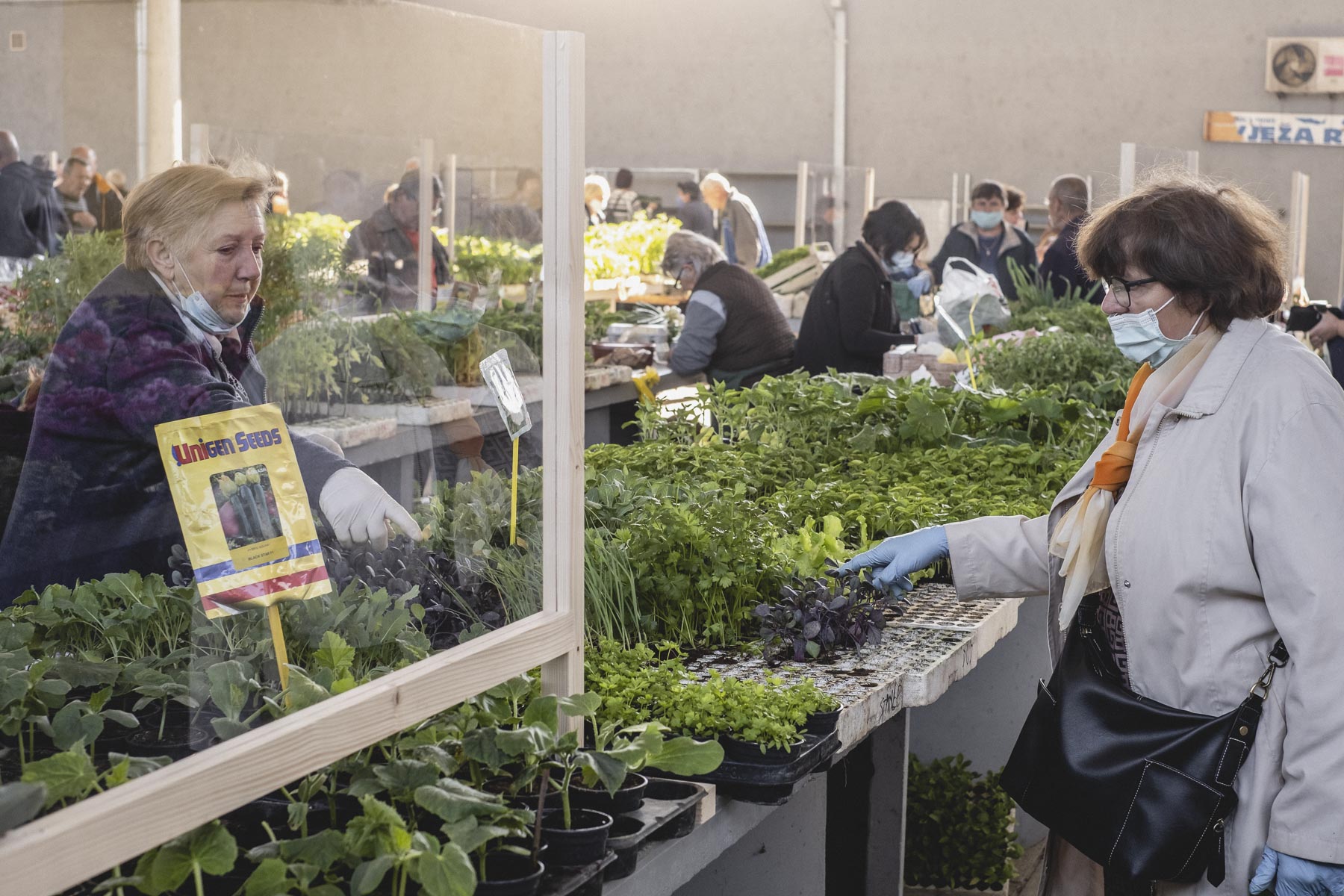
Joubert Loots visited the market in Đurđevac and told us information about every measure this market took. Besides the fact they had dedicated entry and exit points, the number of people inside was monitored - just like in every other store lately.
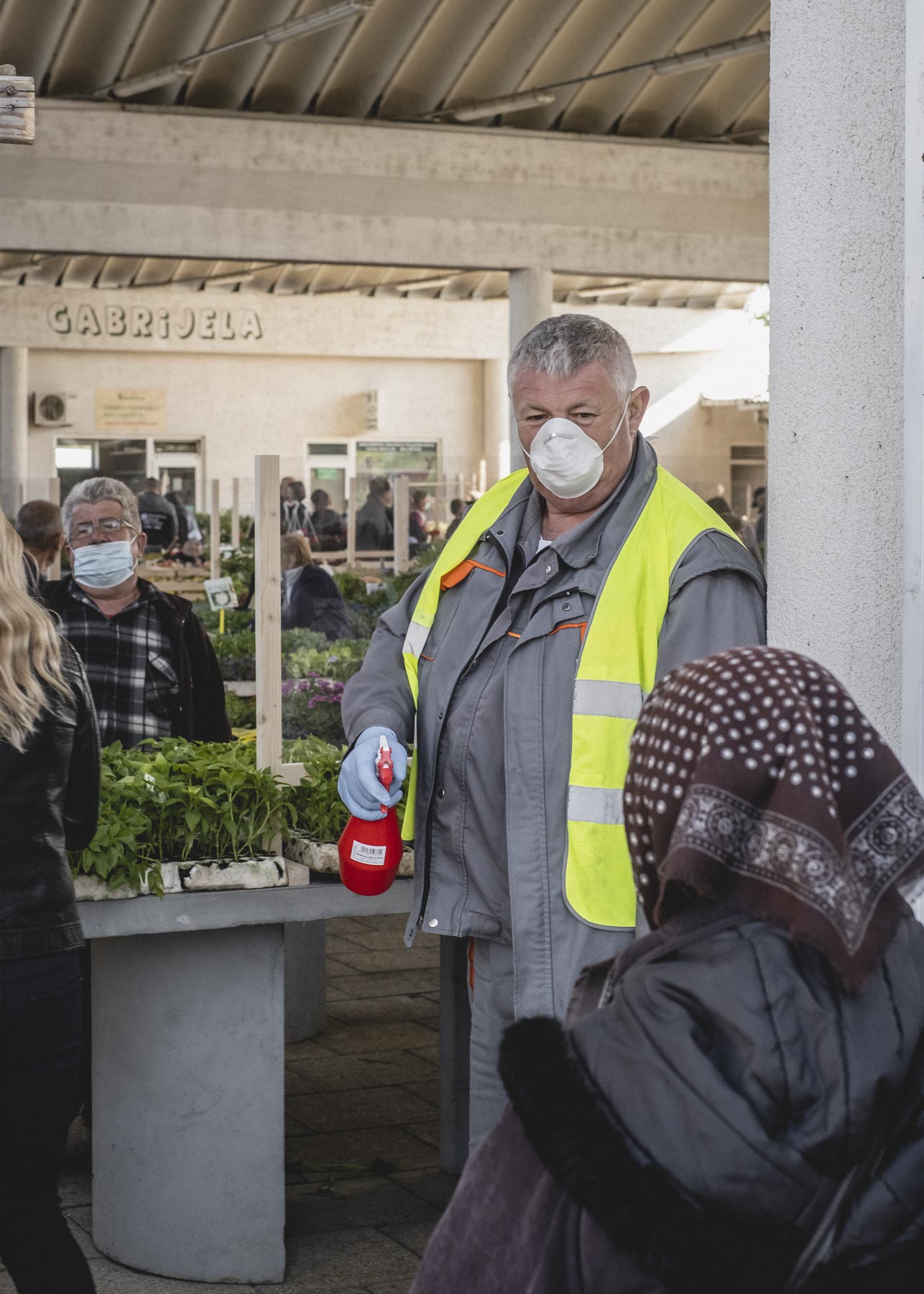
Most of the stalls had sneeze guards installed for added safety so you can sanitize your hands on every corner.
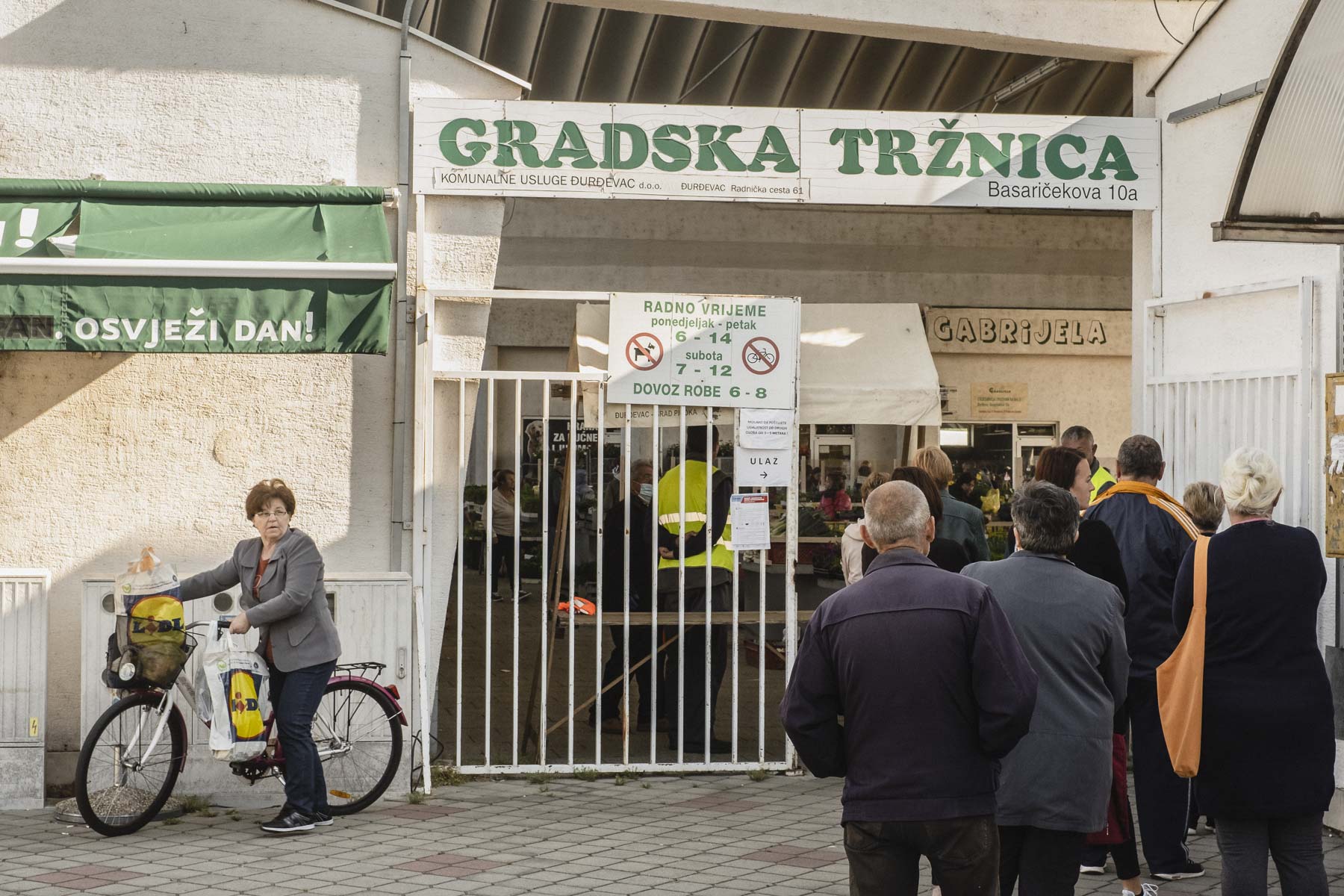
Maybe one of the best indicators that people from Đurđevac were missing their market was a long queue outside the market area.
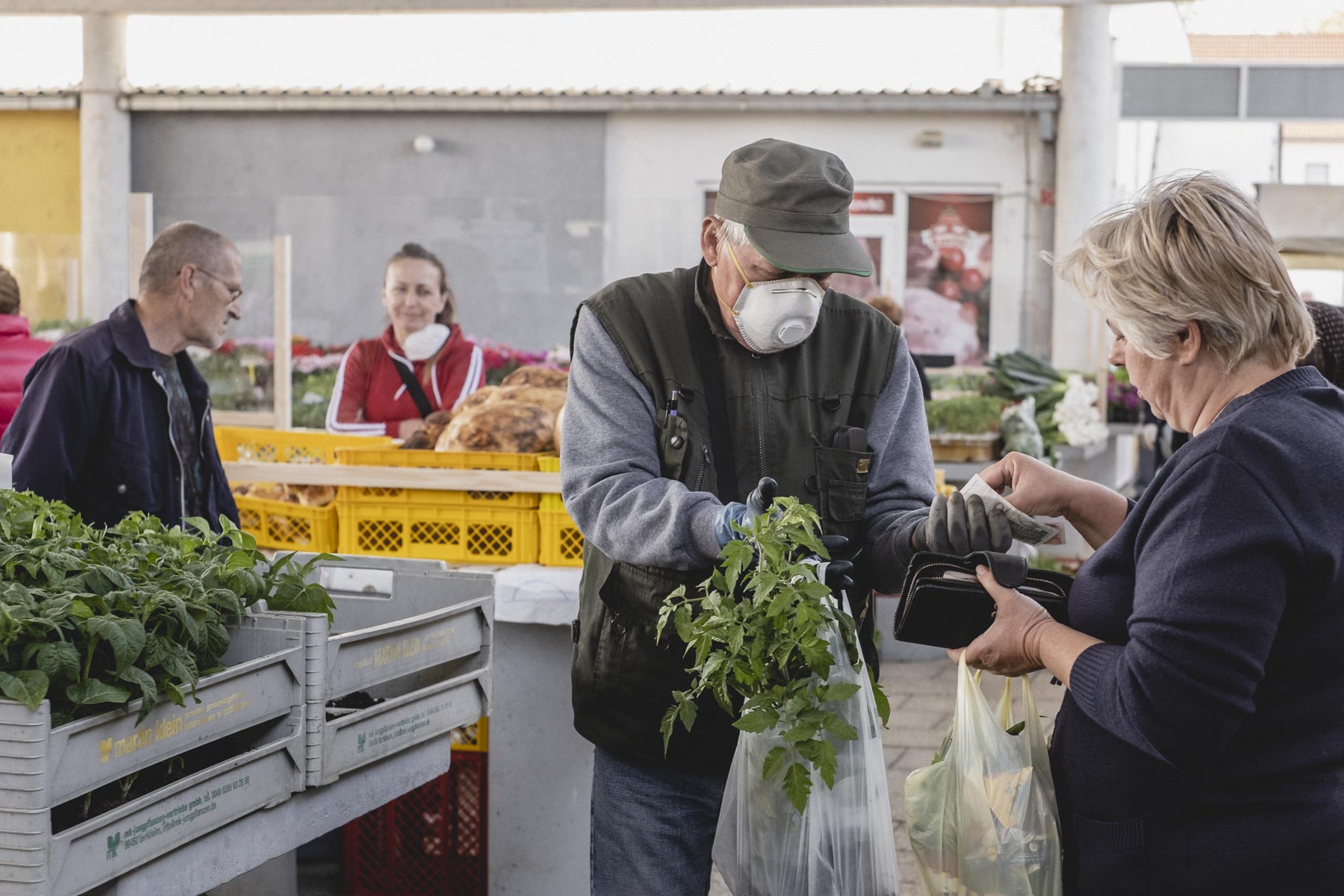
Although most people are still equipped with masks, gloves, and sellers with a partition between them and customers, life is slowly returning to normal.
Many thanks to Joubert for the submission. You can check out his portfolio of photography here.
Are you a small business in Croatia, which has just reopened after the recent lockdown? TCN is happy to support local businesses promoting their stories. If you are interested, please send photos, your experience, and your website to This email address is being protected from spambots. You need JavaScript enabled to view it. Subject Small Business.
For the latest news on COVID-19 in Croatia, follow the dedicated TCN section.
With Croatia's Hair Salons Open, How is Business? The View from Durdevac
May 5, 2020 - Croatia's hair salons are open once more, albeit with strict social distancing. So how busy are they? The view from Durdevac.
Week 2 of the gradual easing of some measures saw the opening of hair salons once more in Croatia. But in the corona era, things were hardly as they once were, and social distancing and hygiene regulations means that the hair salon experience - for now at least - is a lot less social than it used to be.
So how is the new reality, and how busy are hair salons? There must surely be a lot of people waiting to have their hair done after weeks of self-isolation. Am very grateful to Joubert Loots, a South African photography married to a Croatian wife up in Durdevac for sending me these photos and a little explanation of how the situation is in Durdevac.
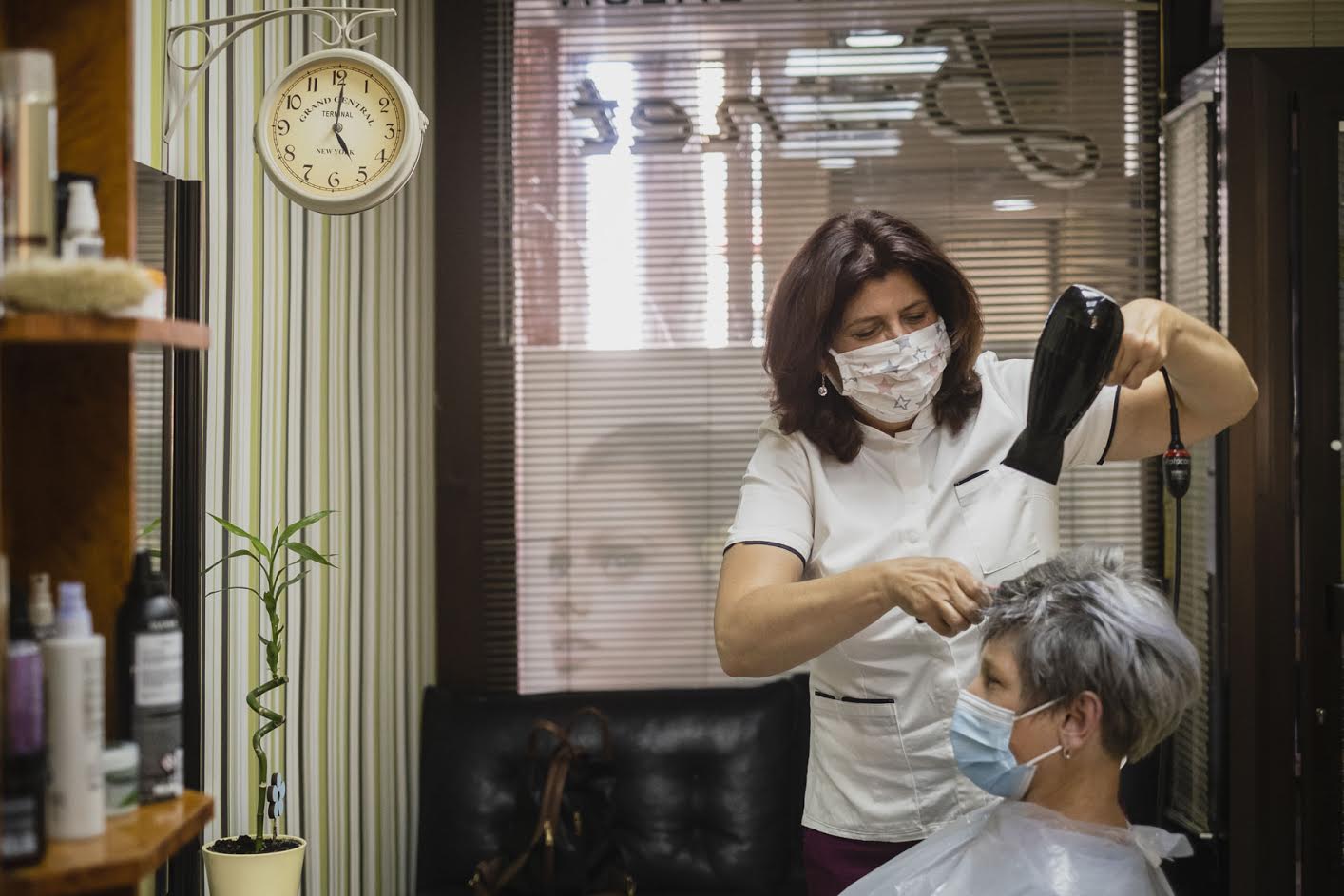
Joubert documented local hairdresser Anita Raknitican on her first day back serving customers. Due to the new rules, only one hairdresser is allowed to operate in the salon, and only one customer at any given moment.
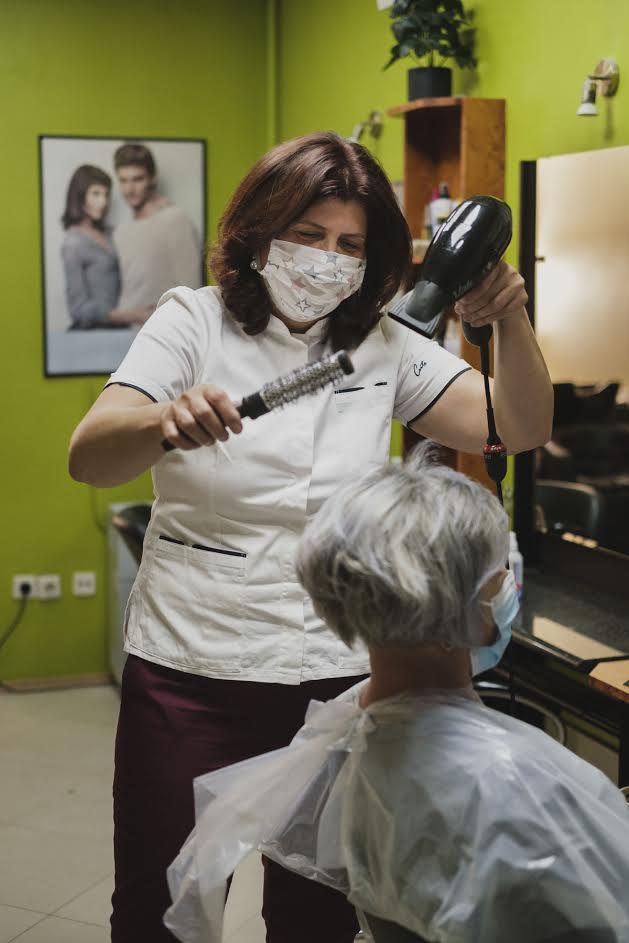
While Anita cannot employ staff to help her due to the new rules, she can take bookings. And there are a LOT.
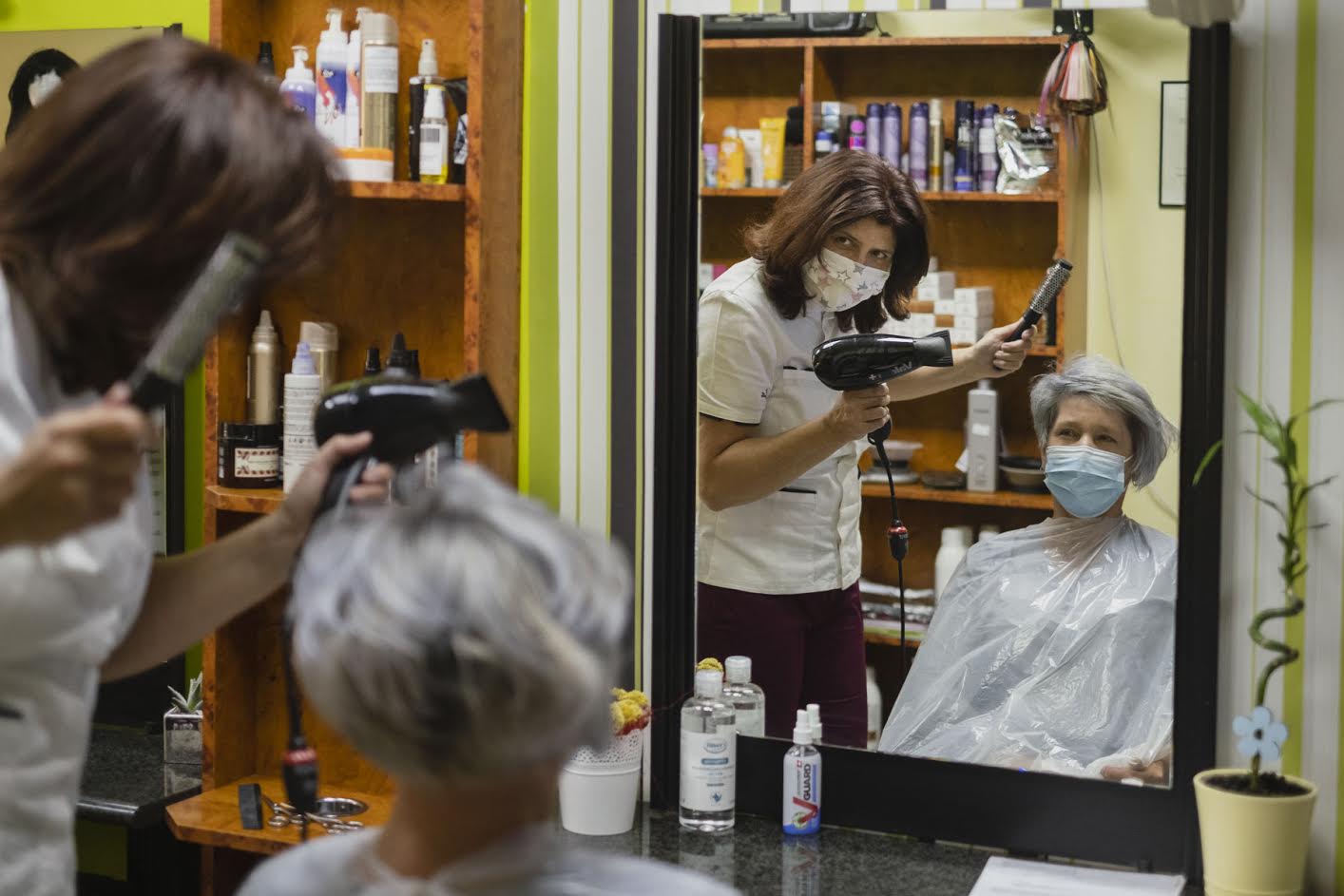
Joubert's mother-in-law called to make an appointment yesterday, and the first available date is in 3 weeks, on May 25.
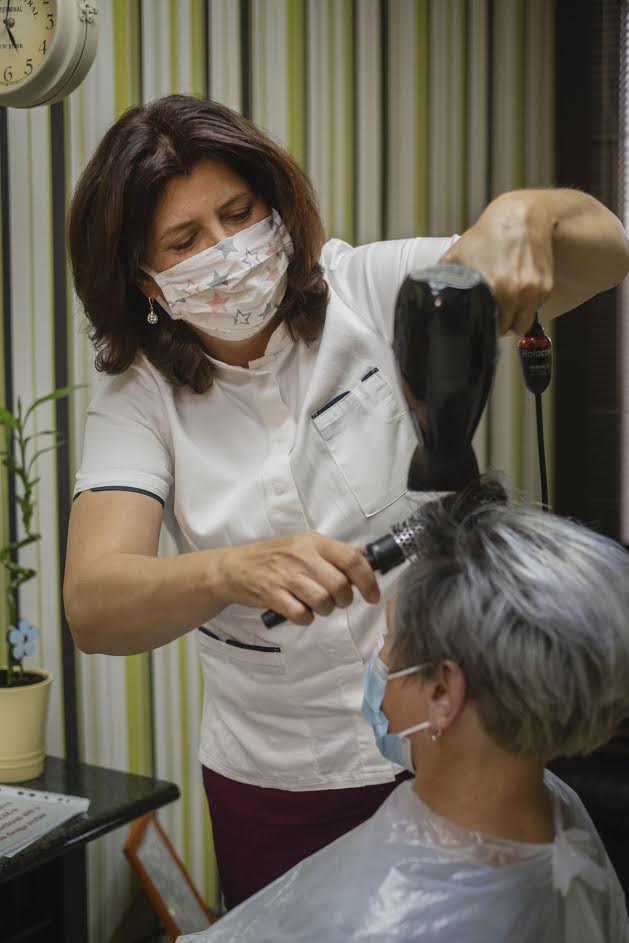
Anita is apparently fully booked for every slot until then, with an appointment every hour during her working day.
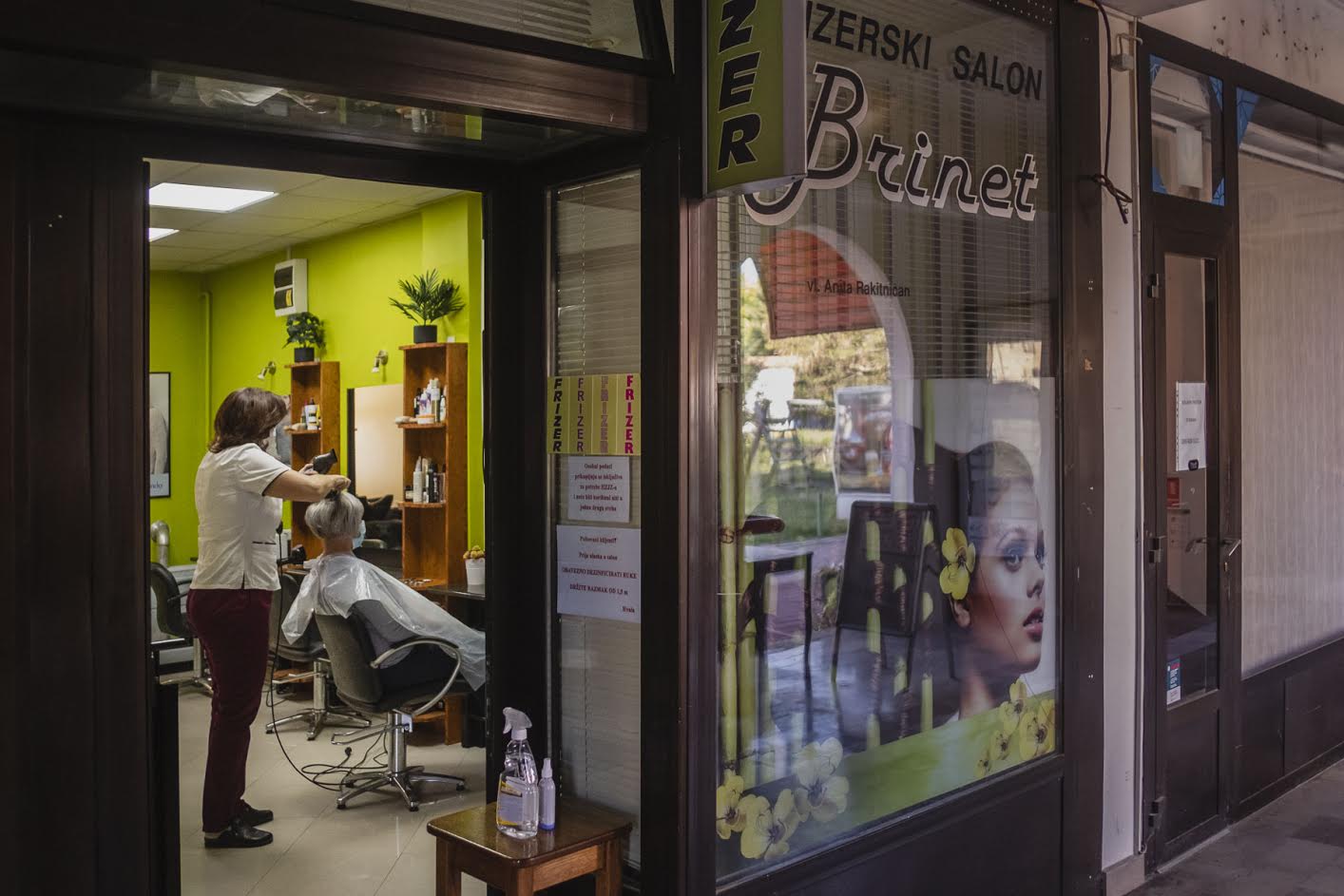
Not an ideal situation, but a small sign at least that small businesses are slowly starting again, and there is some business there.
Many thanks to Joubert for the submission. You can check out his portfolio of photography here.
Are you a small business in Croatia which has just reopened after the recent lockdown? TCN is happy to support local businesses promoting their stories. If you are interested, please send photos, your experience and your website to This email address is being protected from spambots. You need JavaScript enabled to view it. Subject Small Business.
For the latest news on COVID-19 in Croatia, follow the dedicated TCN section.
Woman from Đurđevac Bequests 3 Million Kuna to Her Cats
In recent days, the town of Đurđevac in Koprivnica-Križevci County has received 30,000 dollars, or more than 195,000 kuna, as a bequest from Marija Horvatek, a woman from Đurđevac who moved to Chicago in the United States several decades ago. Having recently died, she left part of her inheritance to her hometown to help the children of Đurđevac with the money, reports Prigorski.hr on November 8, 2018.
“We have decided to use the money to buy musical instruments for children so we can create happiness and joy in children,” said Đurđevac Mayor Hrvoje Janči.
Apart from her hometown, she also left something to her relatives. Some of them still remember her. “In one of the letters she used to send to her mother Katica, Mara wrote that she would leave her whole fortune to my mother,” said one of them. Still, the plans seem to have changed in the meantime.
The largest party of the inheritance has been bequeathed to her five cats. They have received as much as 470,000 dollars or just over three million kuna. They will be entitled to use these funds until their death. They are being cared for by a woman called Eva Barcelona, who will be able to spend the money on their behalf.
The five cats have inherited all the furniture in the house, cars, jewellery, silverware, books, and all the other property owned by Horvatek in the United States. The rich cat lover died in late December 2016, but the legal procedures concerning the implementation of her last will and testament lasted for almost two years.
As for Đurđevac, the town seems to have everything going for it at the moment. This year it will record its highest ever budget revenues, and now the town authorities have additional 30,000 dollars to spend on children.
If you want to read more lifestyle stories, click here.
Translated from Prigorski.hr.
The Most Advanced Parquet Factory in Europe Prospers in Đurđevac
Foreign entrepreneurs have invested millions and employed many locals.
Robbing Dogs in Bloody Sands: Student Film-maker Shoots Music Video in Croatian Sahara
The only desert in Croatia becomes a filming location for a music video produced by a young film-maker of Croatian origin
Mountain Bike Competition Set to Begin on Sunday, Applications End Today!
You can visit the Đurđevac area for this event only, or take your time and explore its specific locations, such as the Đurđevac Sands reserve


